Paint the walls with a light shade
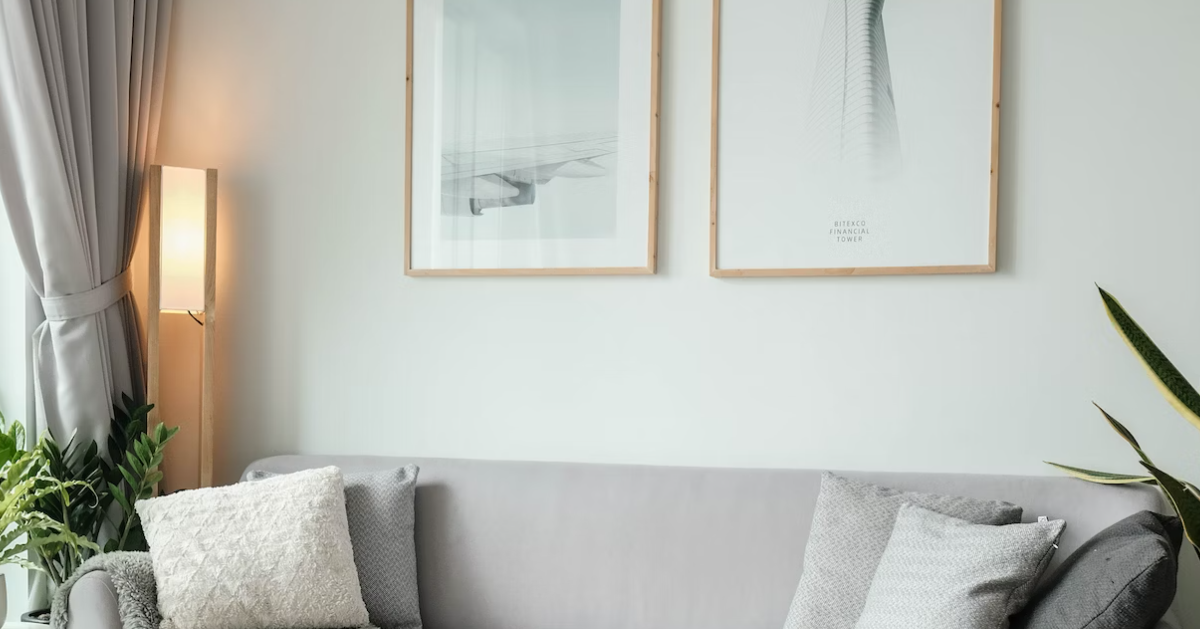
Dark accent walls might look stylish and sophisticated, but they could actually be making your apartment look smaller than it actually is. Opt instead for neutral, light shades like beige or cream, to reflect light and to open up your home, without needing to knock down any walls!
Use one flooring throughout
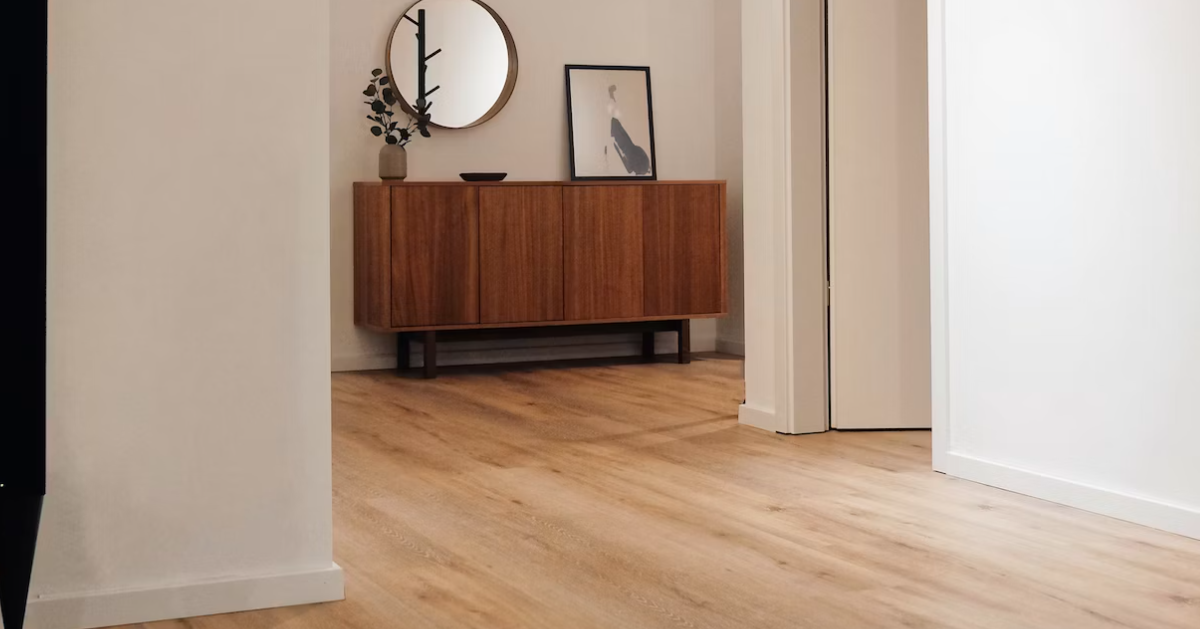
Using the same flooring throughout your apartment will increase the illusion of space and give an open plan feel to your rooms. Using a different carpet or wood style in each room creates barriers, and leads to every room feeling like a separate, closed off space.
Get rid of the doors
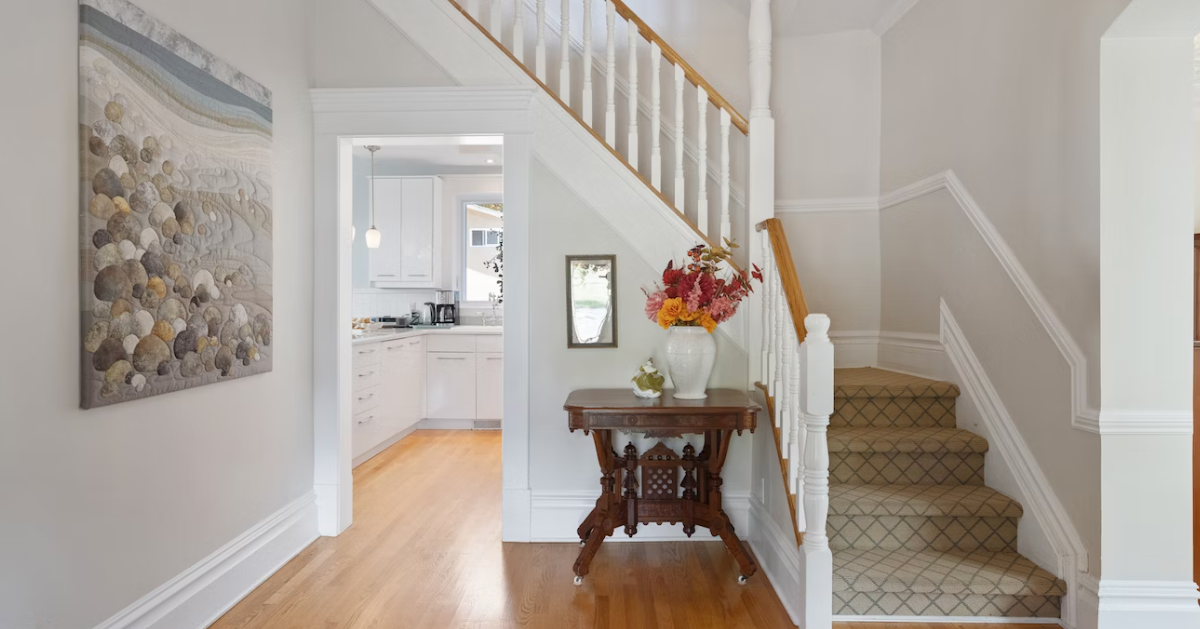
An open door frame in place of a door can make any apartment look bigger by removing visual blocks and allowing light to flow freely between spaces. It’s just common sense – the further the eye can see, the bigger a space feels, so – providing you’re not living in a rented space – consider unscrewing those big bulky doors and removing them entirely.
Decorate with mirrors
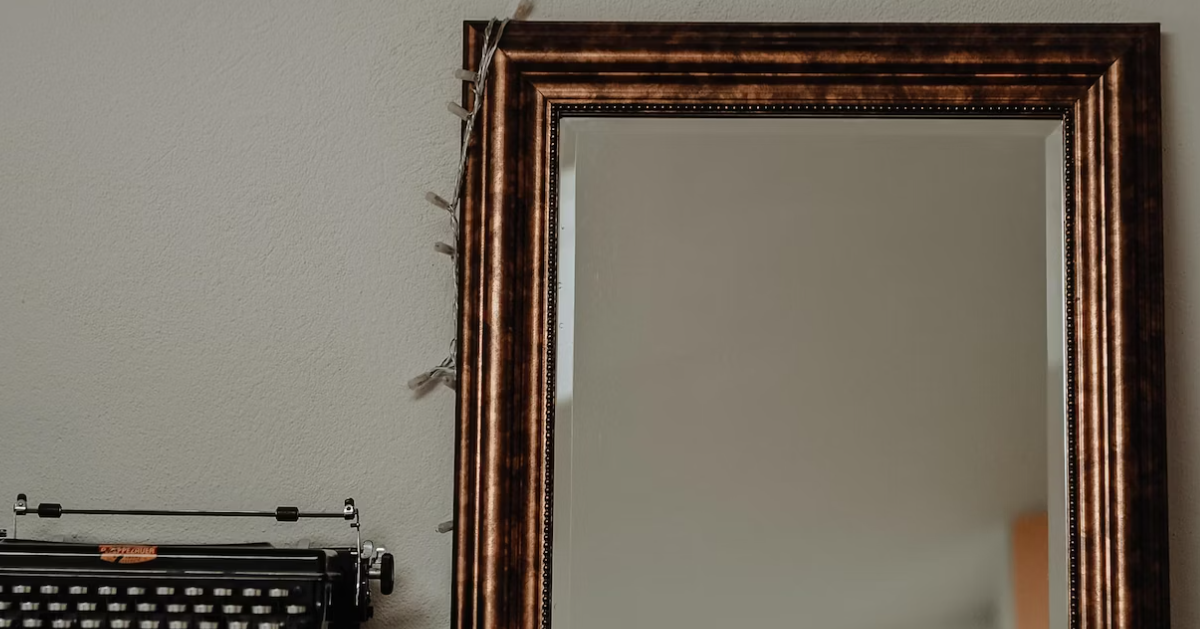
Mirrors reflect light, and when tastefully placed around a room, can trick our eyes into thinking a space is bigger than it actually is. An oversized mirror can work wonders in a cramped space by bringing in the illusion of space, but smaller ones can also have the same effect. Plus – you get to look at your lovely self at various angles around the house, and you’ll never be caught with a hair out of place.
Choose sheer curtains
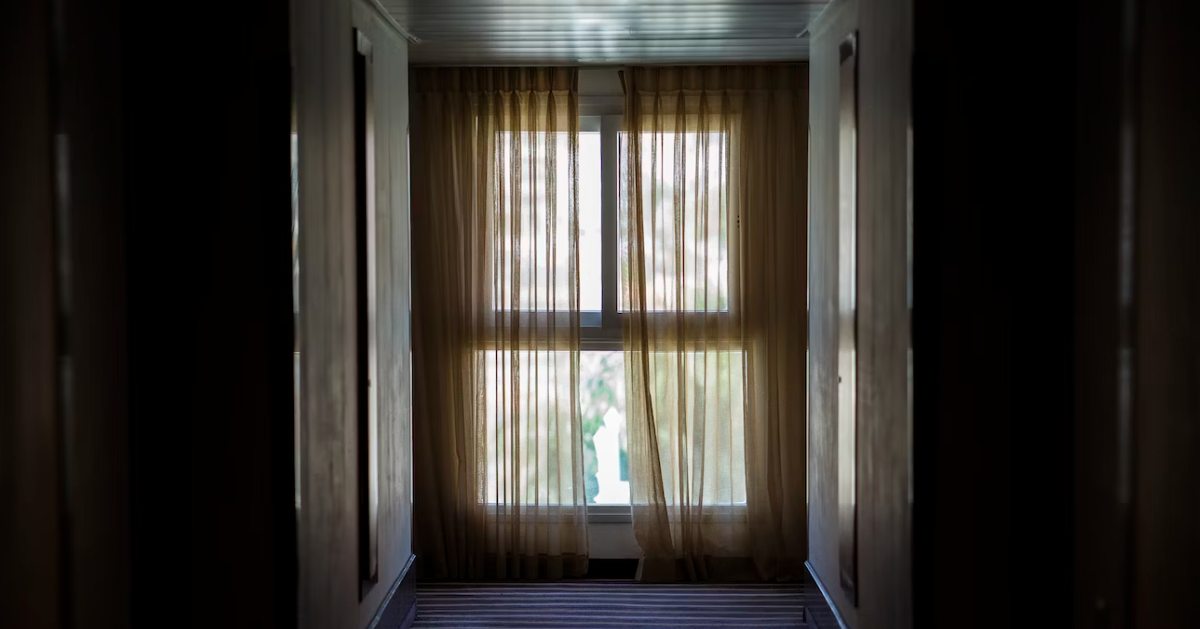
Sheer curtains let more light into a space, which naturally leads to our brains seeing a room as bigger than it might actually be. Instead of blocking out windows and light with heavy, thick curtains, choose sheer an floaty ones instead to let the light in – but to ensure a good night’s sleep, you might want to avoid letting the light into your bedroom, of course.
Try blinds over curtains
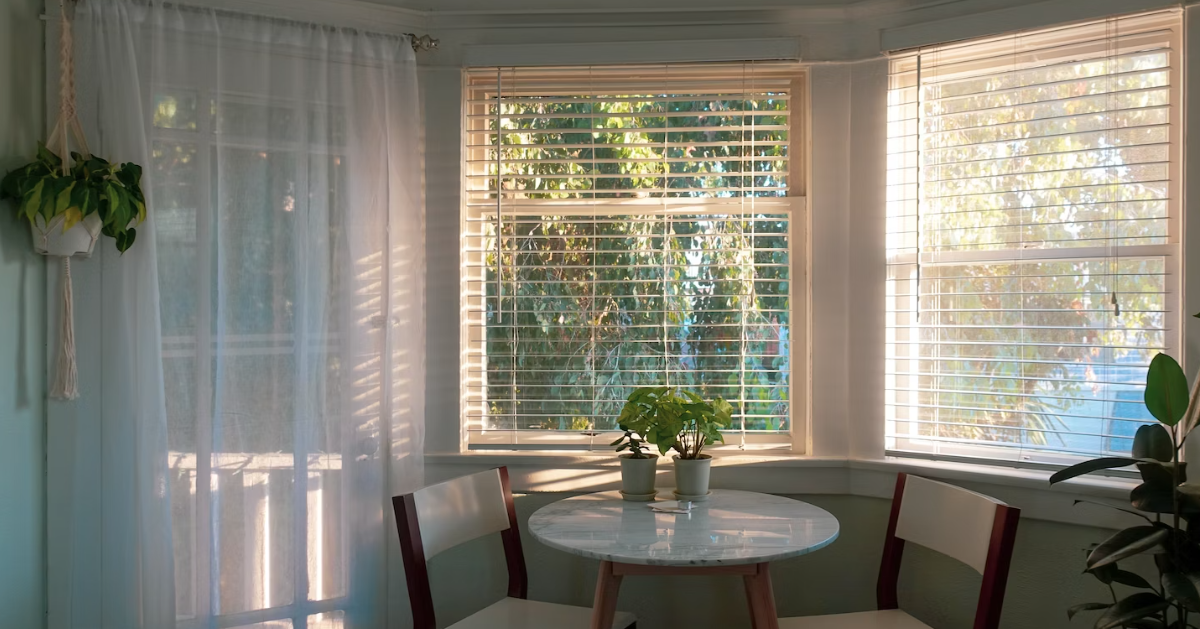
If curtains aren’t an option in your place, you’re in luck, as blinds tend to let more light into a space and illuminate all the space that may or may not be there. Vertical blinds especially can make a room feel taller by increasing the illusion of space between the floor and ceiling.
Avoid blocking windows
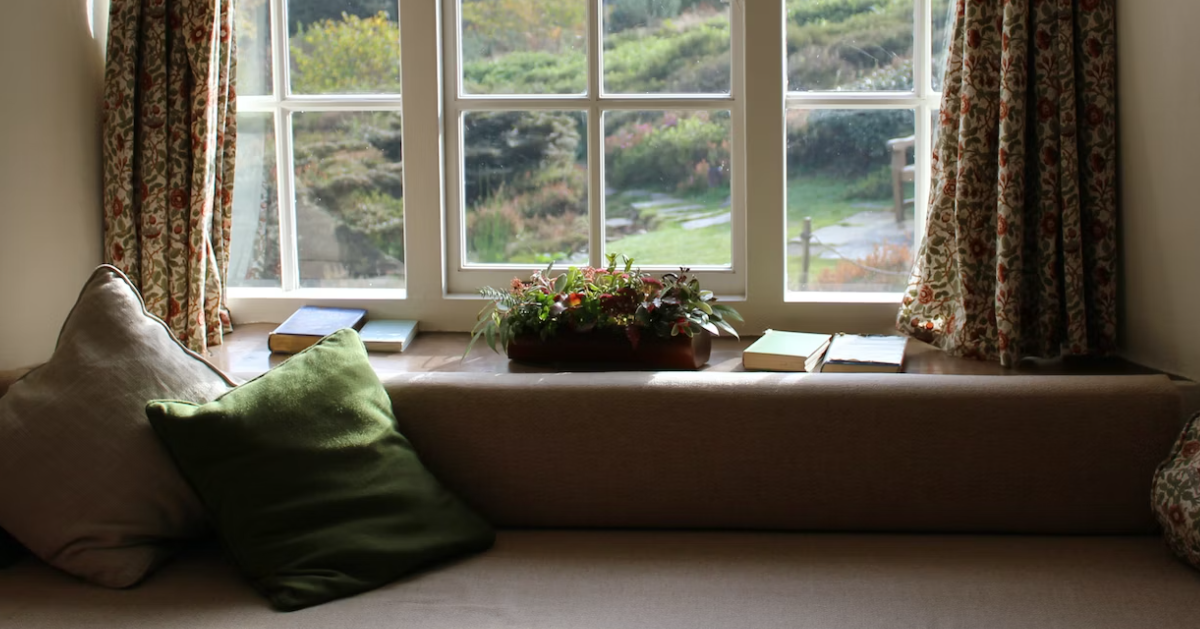
In a small space, it’s essential that the room gets as much light as possible – so avoid blocking windows with furniture or clutter at all costs. Blocking even a small part of window will close off the space and make your apartment look cramped. If you must have furniture next to the window, make sure it doesn’t extend past the frame.
Choose multi-functional furniture
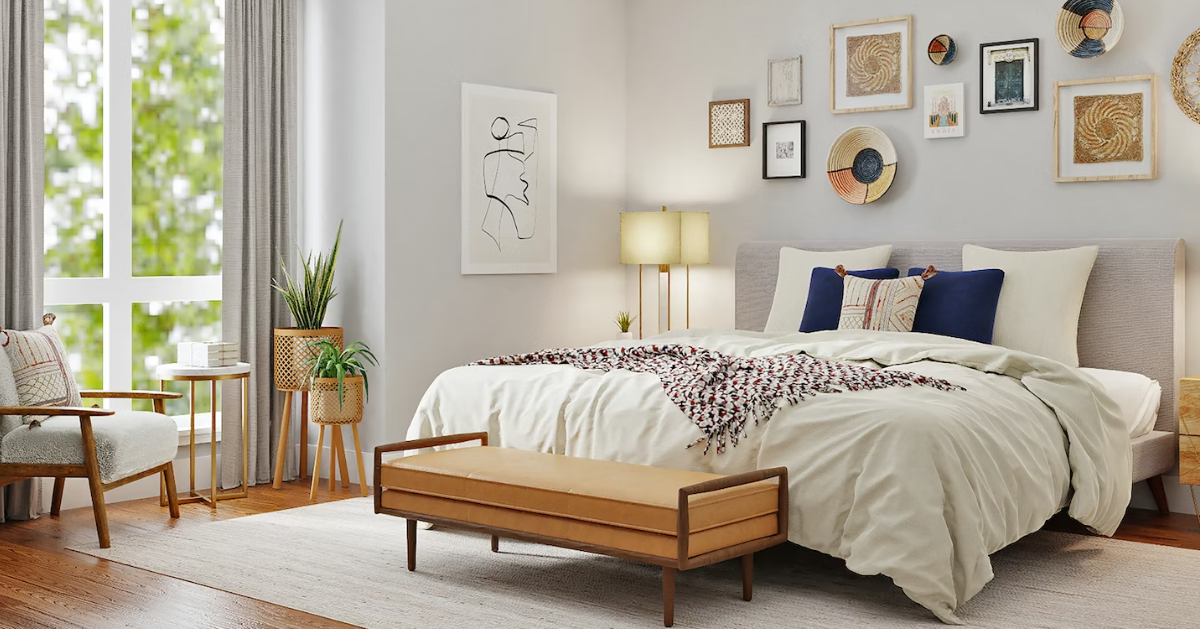
Ottomans and footstools can work wonders in a small space, as they double as a number of functional pieces. Chair, footrest, storage… even a table if you’re not eating something messy or saucy. Utilizing multi-purpose furniture where possible will reduce the need for extra pieces, freeing up valuable floor space.
Pick furniture that’s low to the ground
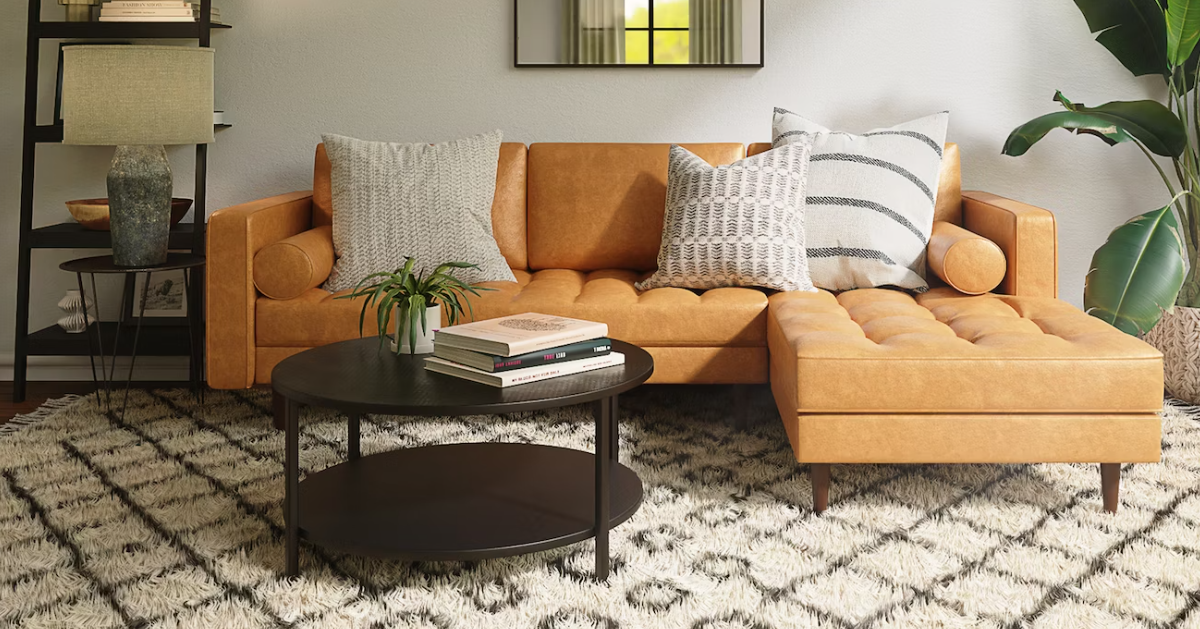
Keeping your furnishings low to the ground adds more height to a small room, extending the space between floor and ceiling. More space above furniture creates a feeling of openness, while also meaning less shadowy spaces under a couch or chairs for darkness to hide. Low furniture also leads to a midcentury feel that’s very in vogue right now.
Pick light colored pieces
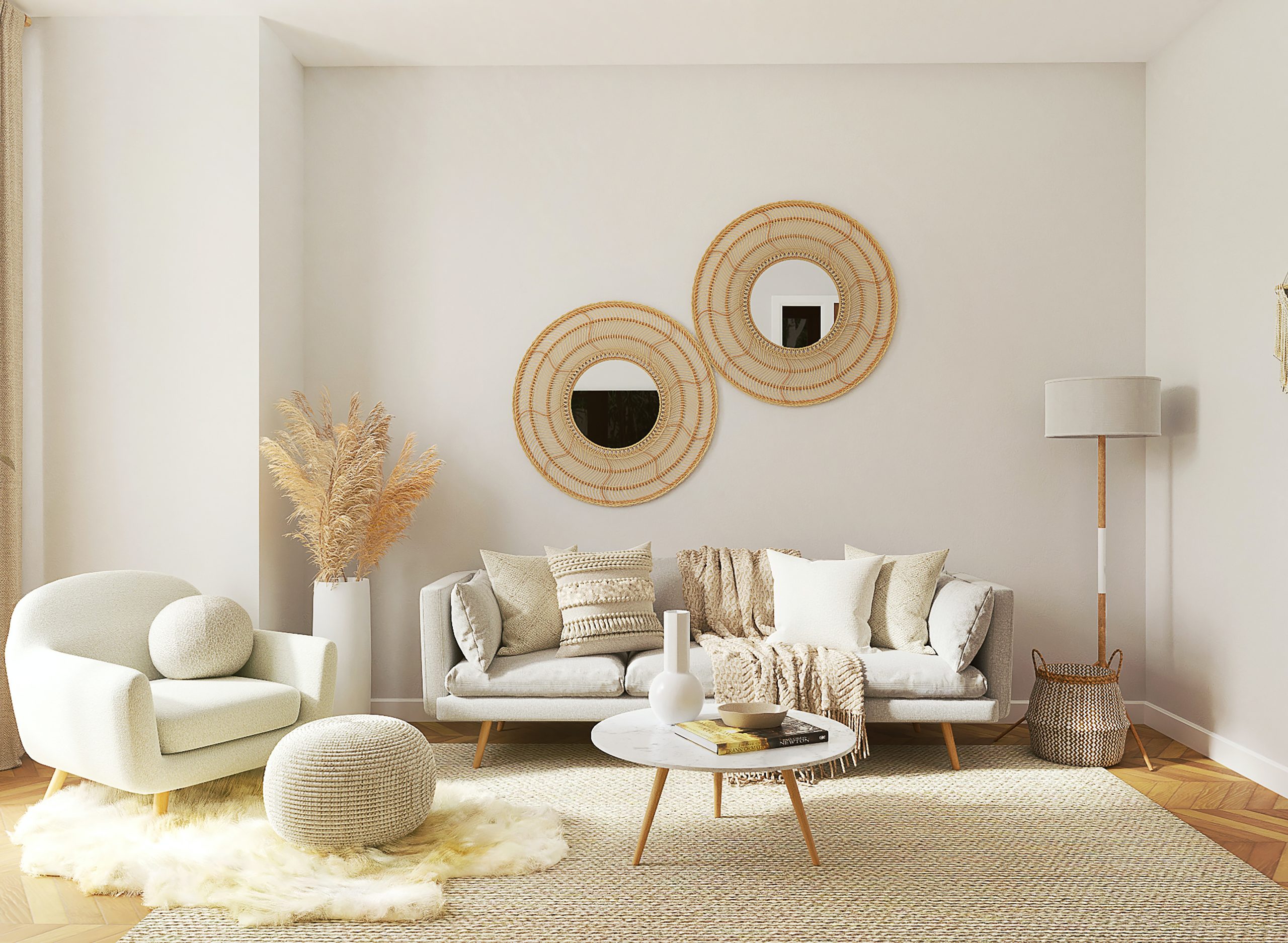
A dark red velvet sofa might seem classic and luxurious, but it could actually be making your space seem smaller. Dark colored furniture tends to swallow up space in a room, absorbing light and making the room seem even smaller than it might be already. Cream or beige furnishings will open a room up with brightness and light – just be wary of messy kids or pets!
Use rugs to separate spaces
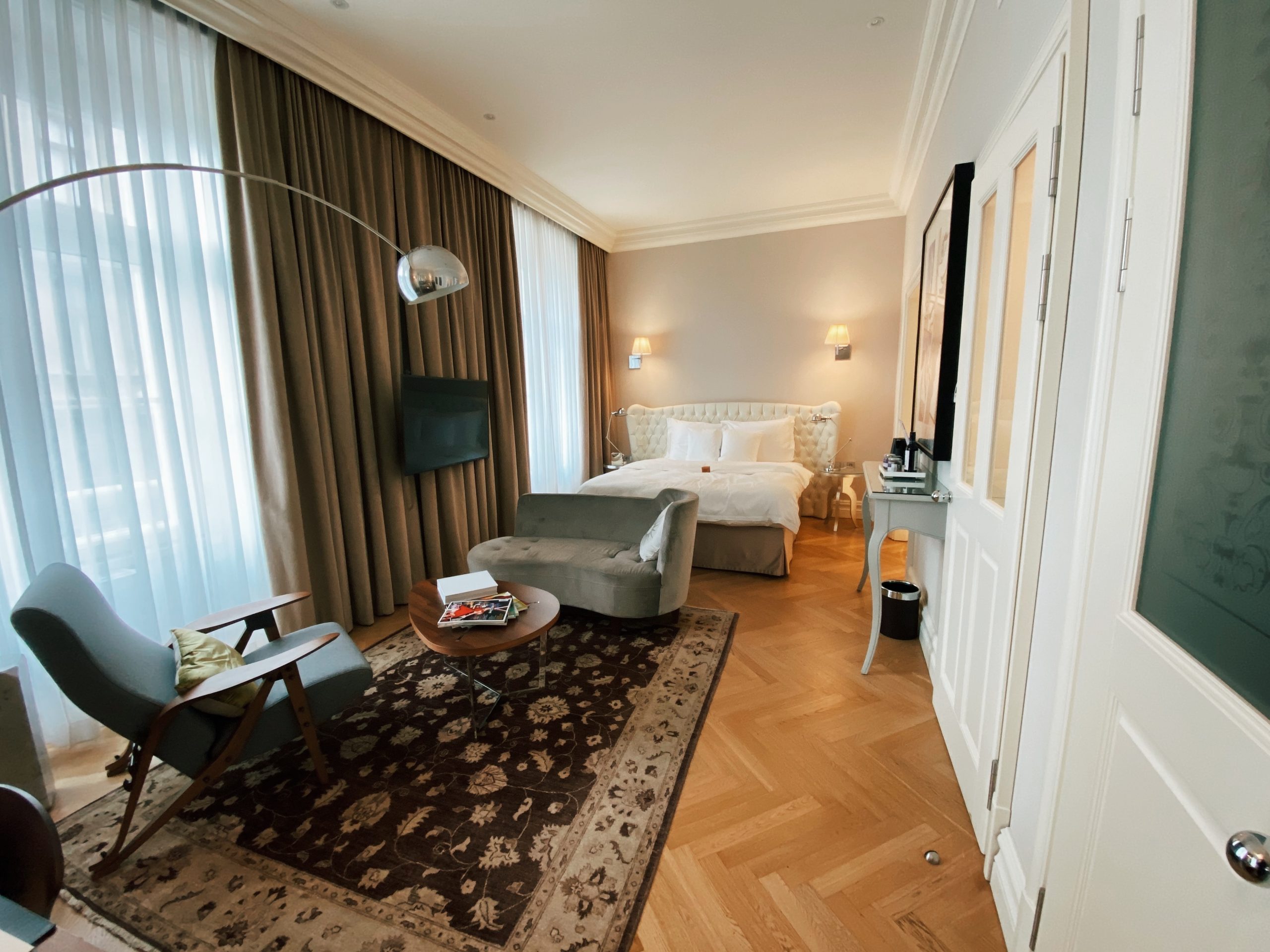
In a tiny apartment, the last thing you want is walls blocking and separating your already precious space. Instead, designate separate areas using rugs or carpets. If your apartment is a studio, this tip is invaluable, as you’ll likely have your kitchen, dining and living space all in one room. Rugs can help visually keep the zones separate without encroaching on your valuable space.
Tackle clutter
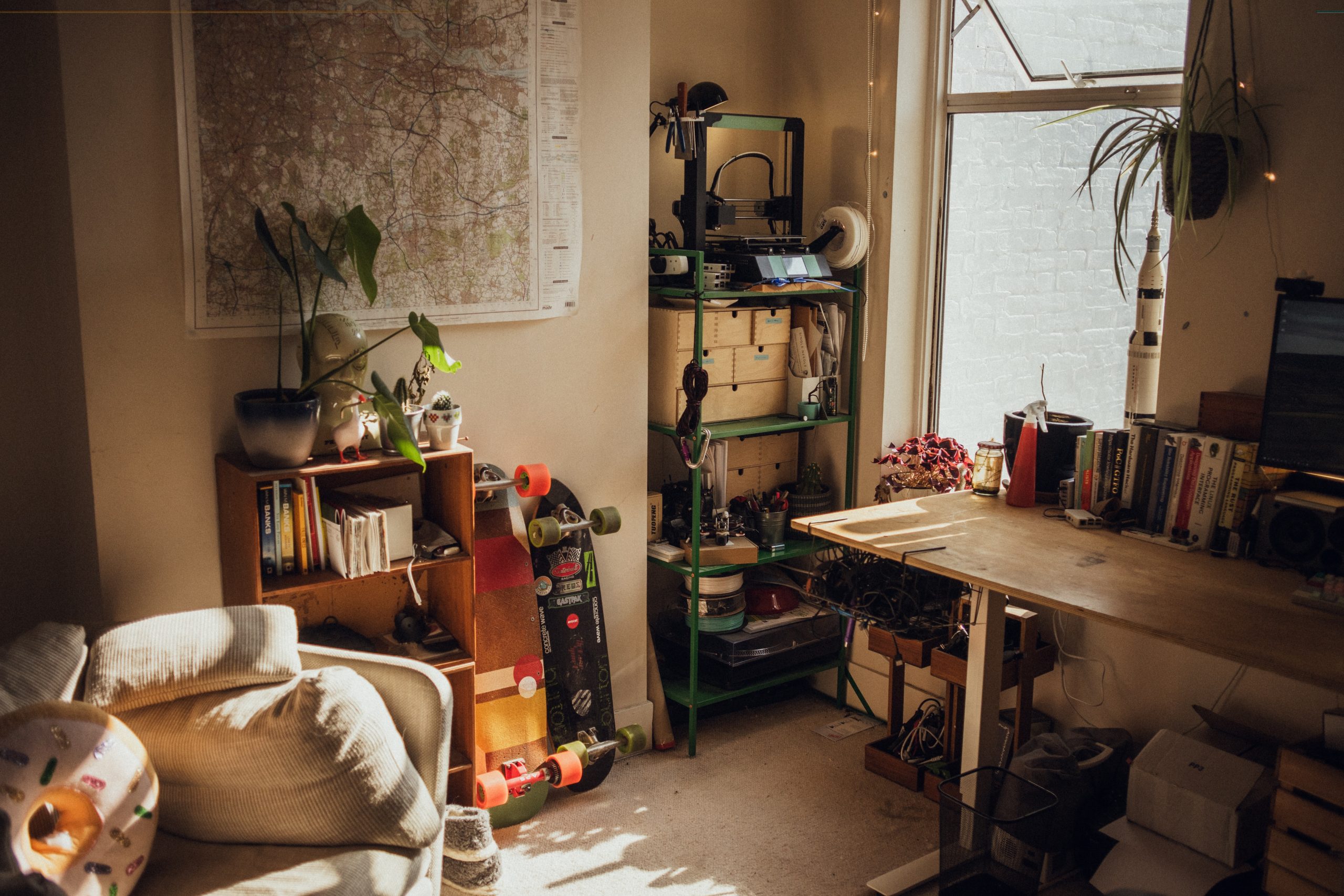
The older we get, we realize our parents were right to reinforce the importance of cleaning our rooms. Clutter can quickly make a small space look cramped and messy, even if you think it’s organized chaos. If you’re living in a small space, keep your trinkets to a minimum, and ask yourself whether you really need all your beloved mementos on display.
Use hidden storage solutions
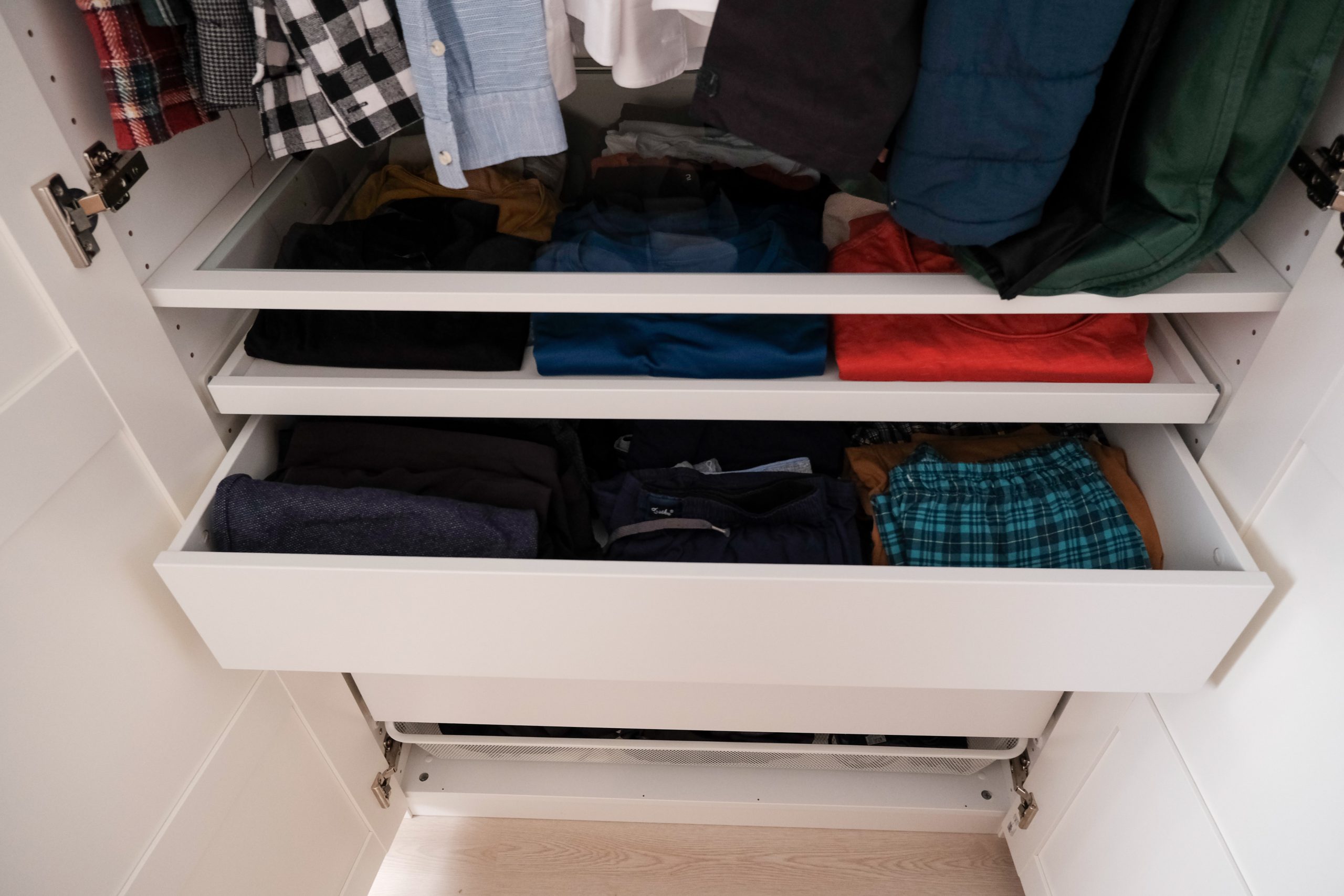
Modern furniture is often designed with the needs of small spaces in mind, and even the cheapest flatpack piece often comes with options for hidden storage. Extra drawers in a wardrobe or under a bed will allow you to store your belongings out of sight, keeping them easily accessible without using up your precious floorspace.
Leave space between furniture and the wall
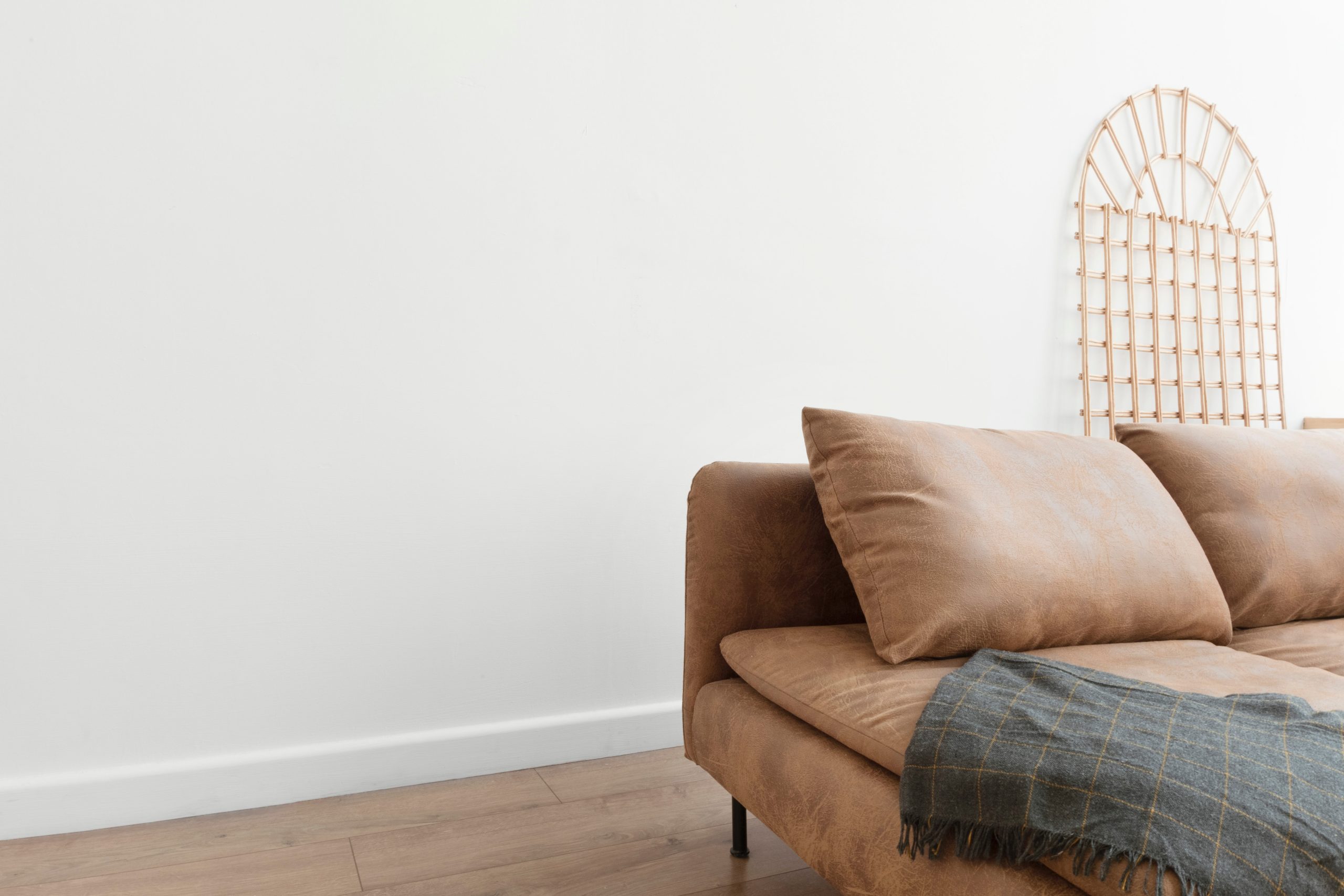
You might think that pushing all your furniture against the wall will create space in a small apartment, but this could actually be doing just the opposite. Leaving some space between the wall and your furnishings allows light to flow freely into dark gaps, while also creating a sense of visual flow that will trick the eyes and brain into seeing more space.
Be careful with statement pieces
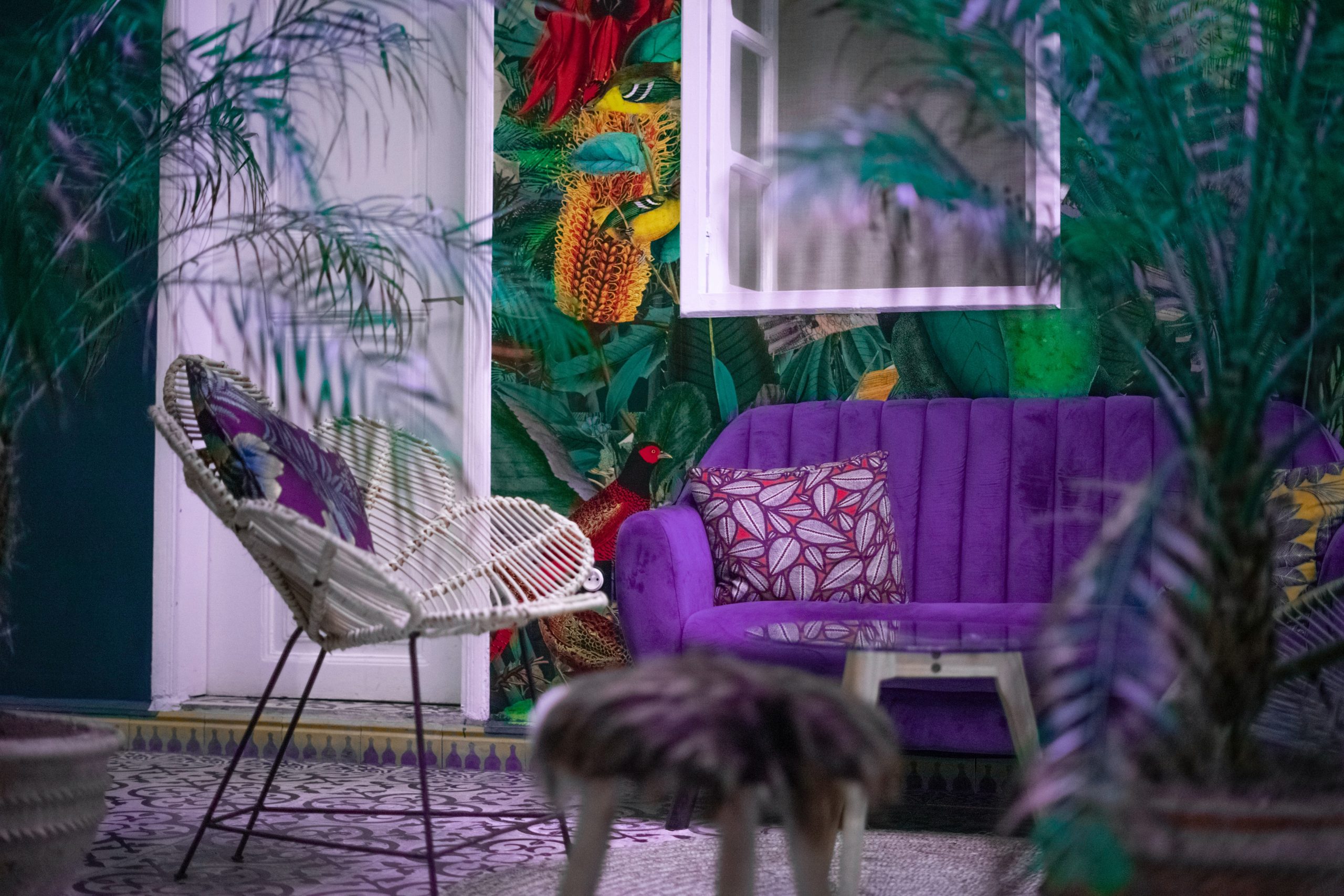
A brave, bold statement piece can undoubtedly bring personality and character to a room, but if your space is small, that flashy purple couch could actually be doing more harm than good. If you must have a statement piece, stick to just one focal point, as multiple flashy lamps or chairs can quickly make your tiny apartment feel more like a junk shop.
Hang what you can
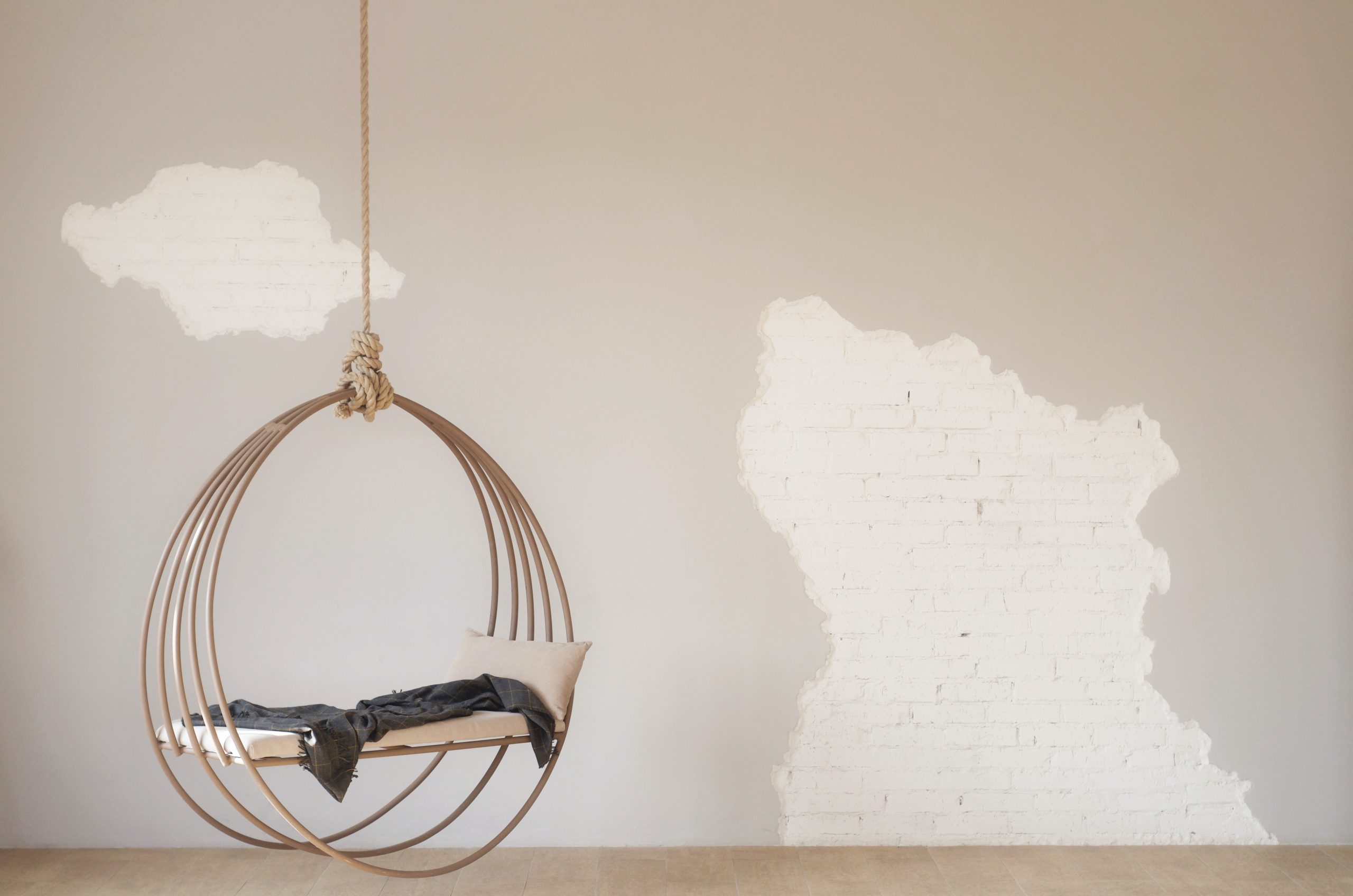
Hanging chairs, lamps and decorations can free up valuable floor space in your small apartment. Hanging your furnishings lets light flow freely underneath, and also eliminates the temptation to shove clutter underneath. It’s a brave choice, but this minimalist style can make your room look miles bigger than it truly is.
Incorporate the vertical
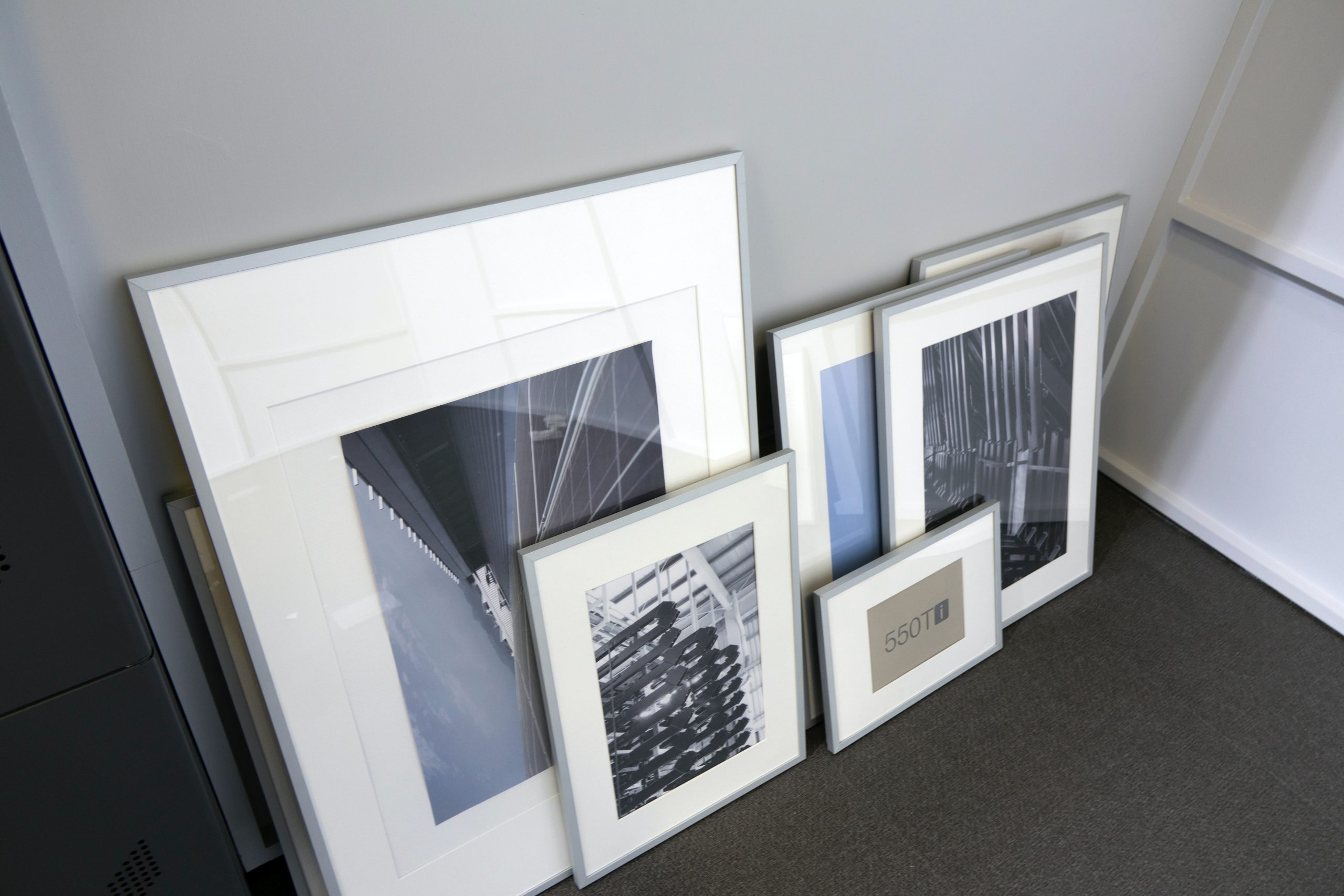
If you’re not blessed with a lofty high ceiling in your place, think vertical over horizontal. Using vertical photo frames, for instance, can increase the illusion of space between floor and ceiling, leading to a room that feels extra spacious. Tall floor lamps or plants can also create this same effect, drawing our eyes upwards.
Avoid heavy fabrics
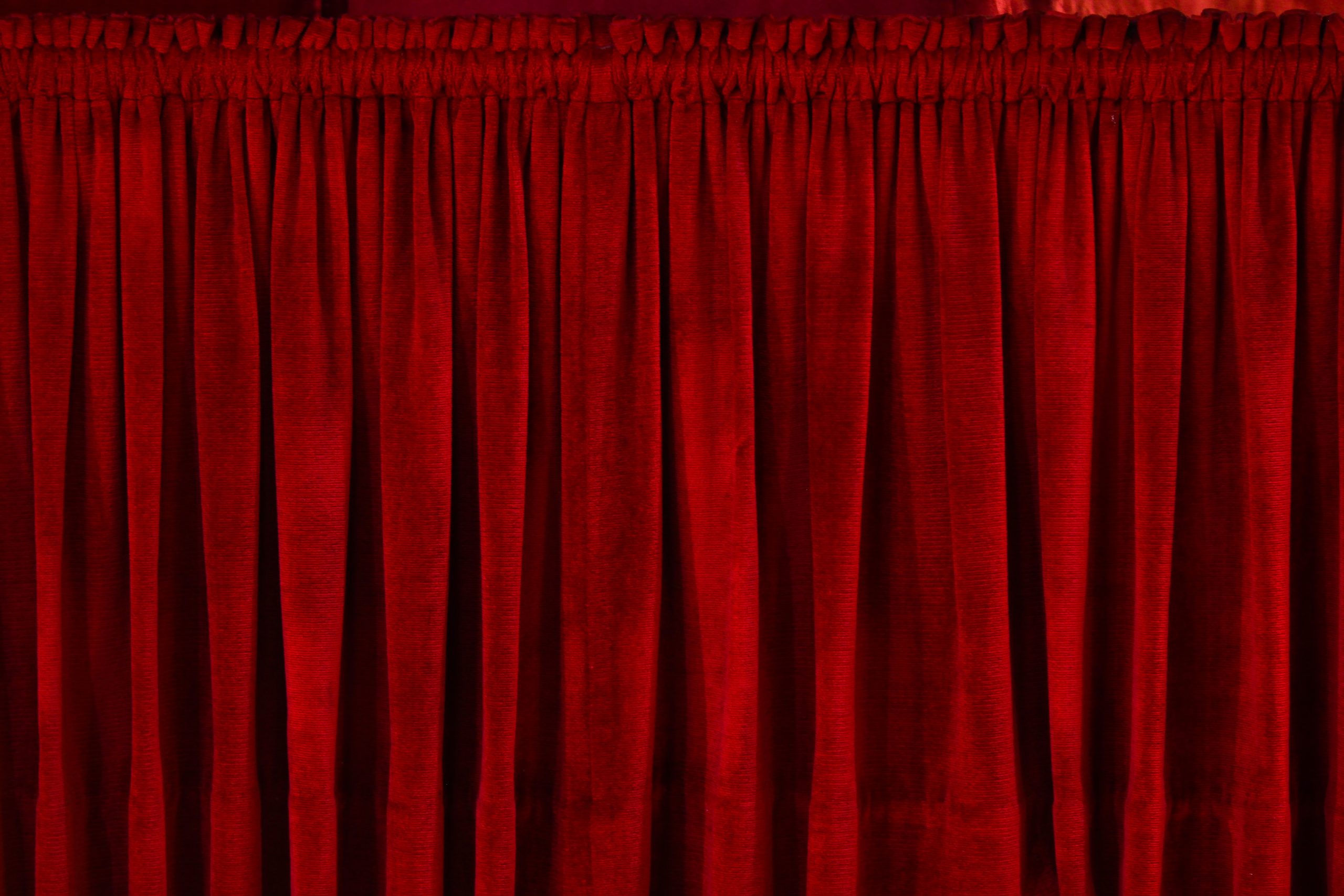
In a large apartment, heavy fabrics like velvet, canvas or tweed can create an air of sophisticated coziness, but if your place is tiny, they just look bulky and heavy. Opt instead for light, flowing fabrics like linen or cotton, which will absorb less light and look much more modern in a tiny home.
Try a minimalistic approach
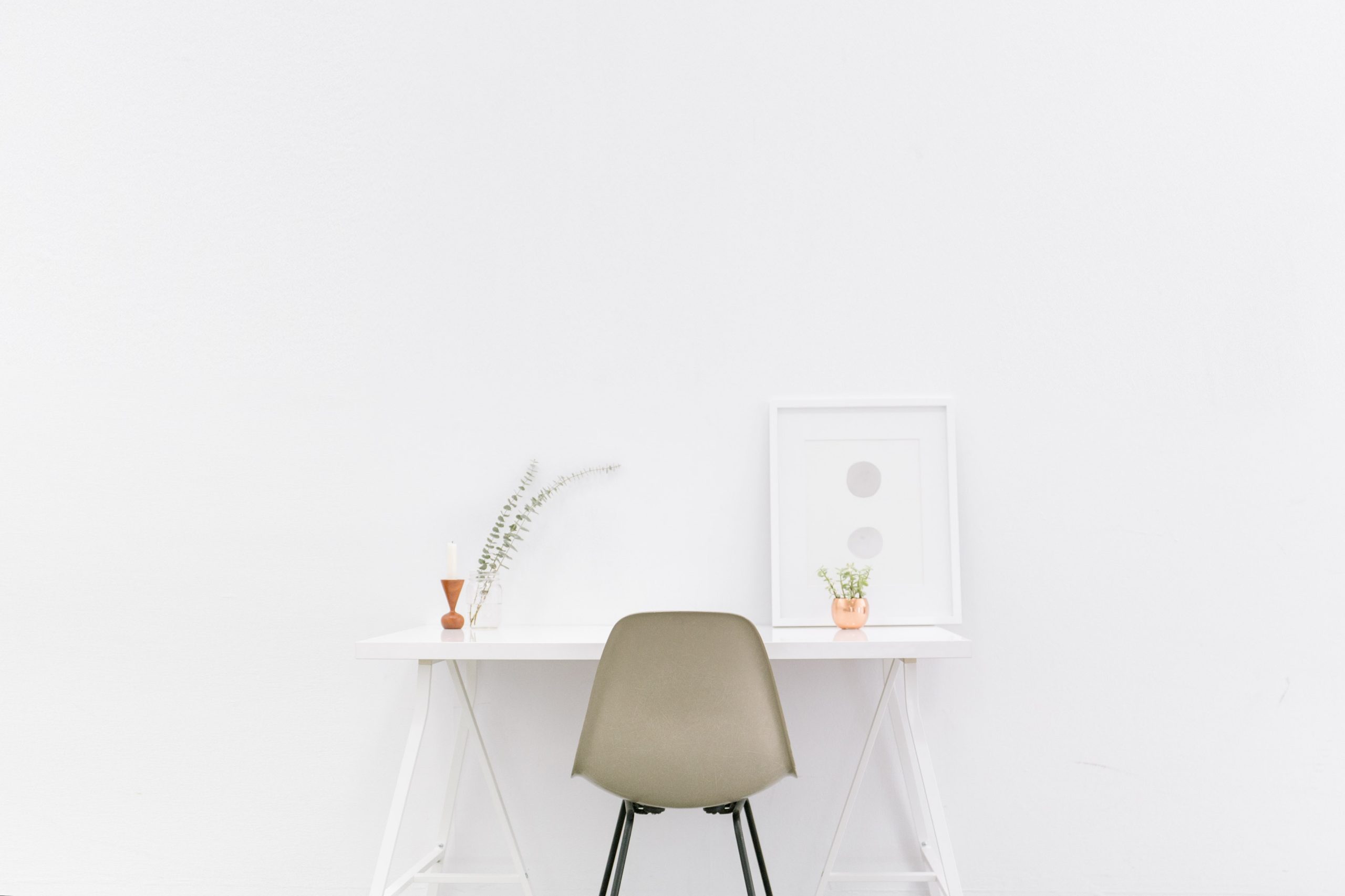
The trend for minimalism might be waning, with maximalist styles taking center stage, but we’re not all lucky enough to have the space to embrace the bold style. If your place is small, keep things simple with your belongings and furniture. If in doubt, turn to Marie Kondo reruns for advice on organization, minimalism and displaying only those things that spark joy.
Keep to plain patterns
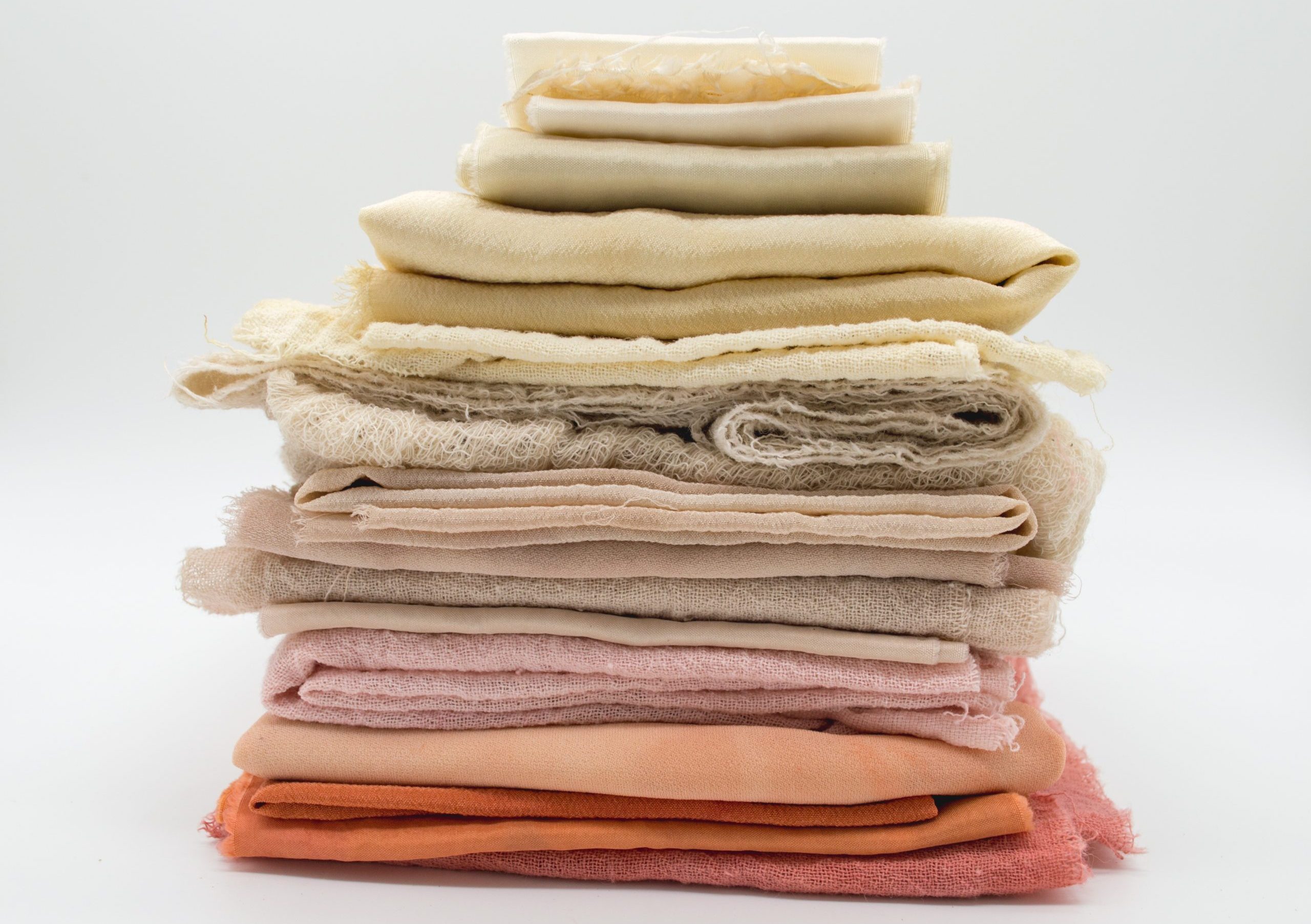
Zany patterns like chevron or houndstooth look busy, and can shrink a small space simply by increasing the illusion of clutter and mess. But worry not, plain doesn’t have to mean boring – a block of color is plain, so feel free to go as bright as you please. Just avoid clashing patterns that distract the eyes and muddle the brain.
Use furniture to create zones
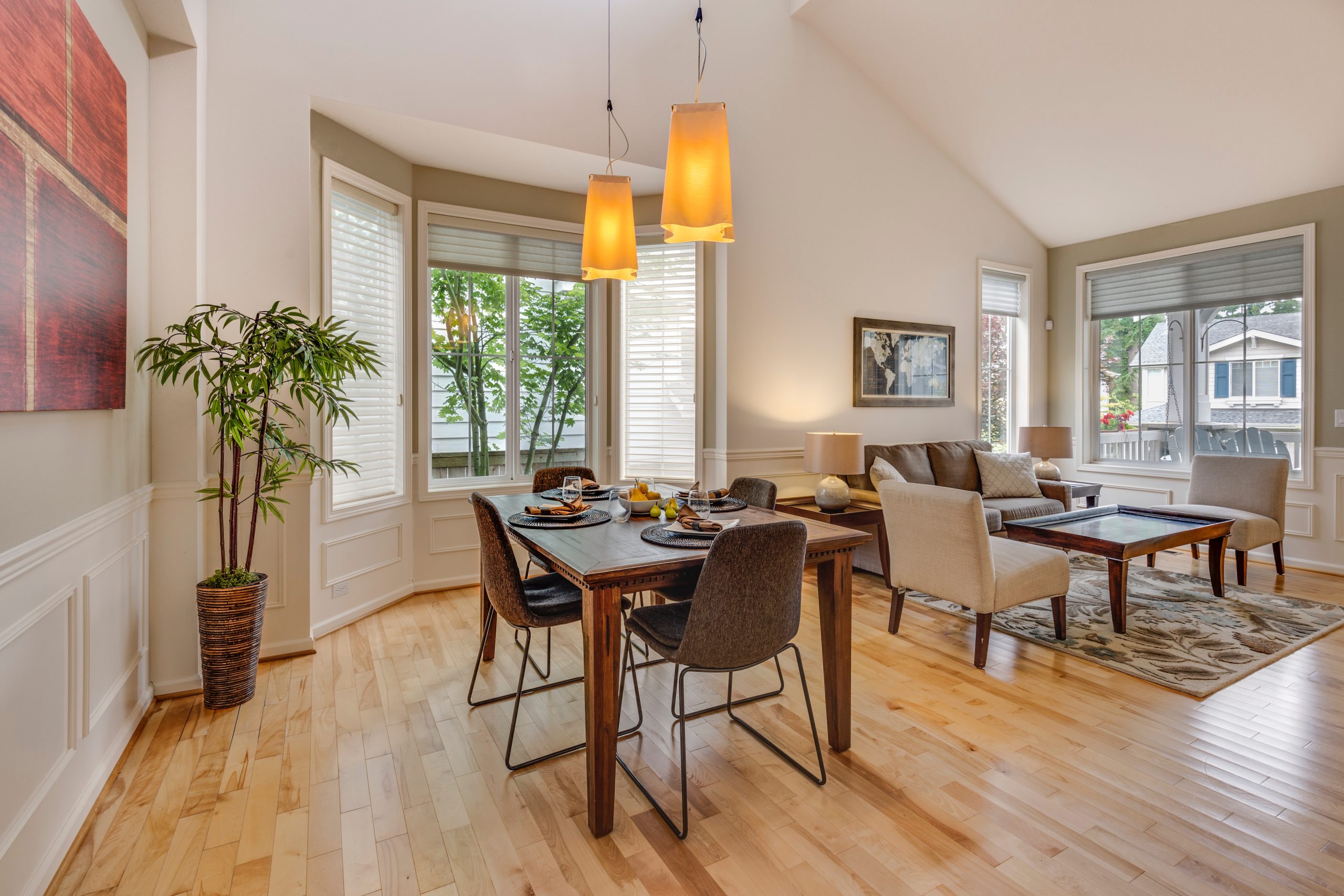
Creating an illusion of distinct rooms in a studio space by using furniture to signal a change in area. Naturally, a table will signify a dining space, while a couch and chairs is distinctly for relaxing. It might seem counterintuitive, but using furniture can make a room appear bigger, as our brains will assign a floorplan to a small space.
Pick bigger tiles
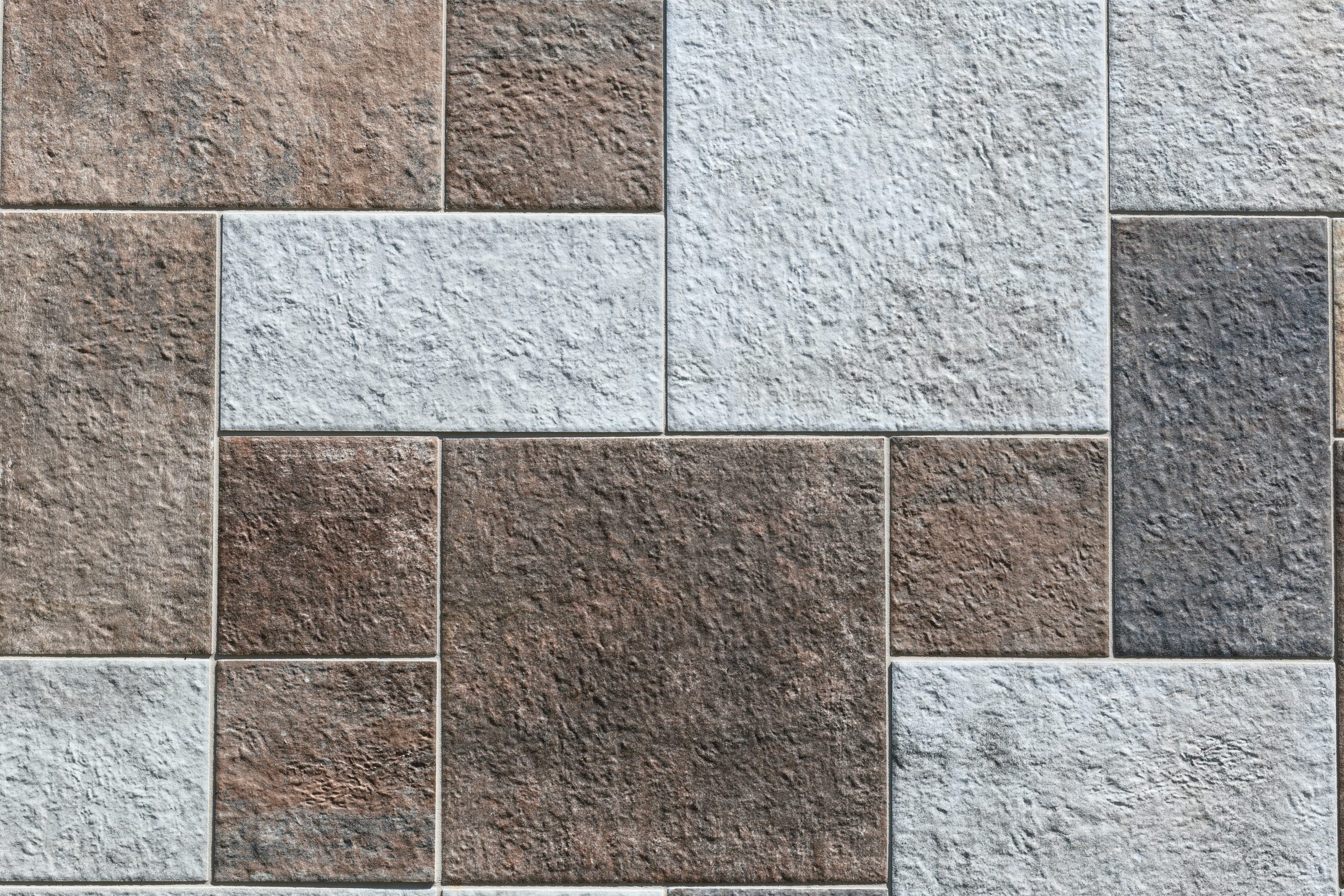
When it comes to tiles, bigger is always better. Large tiles trick the eye into seeing a space as bigger than it actually is, while tiny tiles do the exact opposite. Bigger tiles also means grout lines that are fewer and far between, creating the illusion that a floor space is stretching out further than it might actually be.
Color code your shelves

Cluttered shelves with no order can quickly make a small space feel smaller. Avoid this by color coding your shelves and making sure you stick to it. Books on a green shelf, trinkets on a blue – you’ll quickly develop a system that keeps things neat and simple. Just make sure the colors don’t clash – and remember to keep things simple.
Pick clear glass or shower curtains
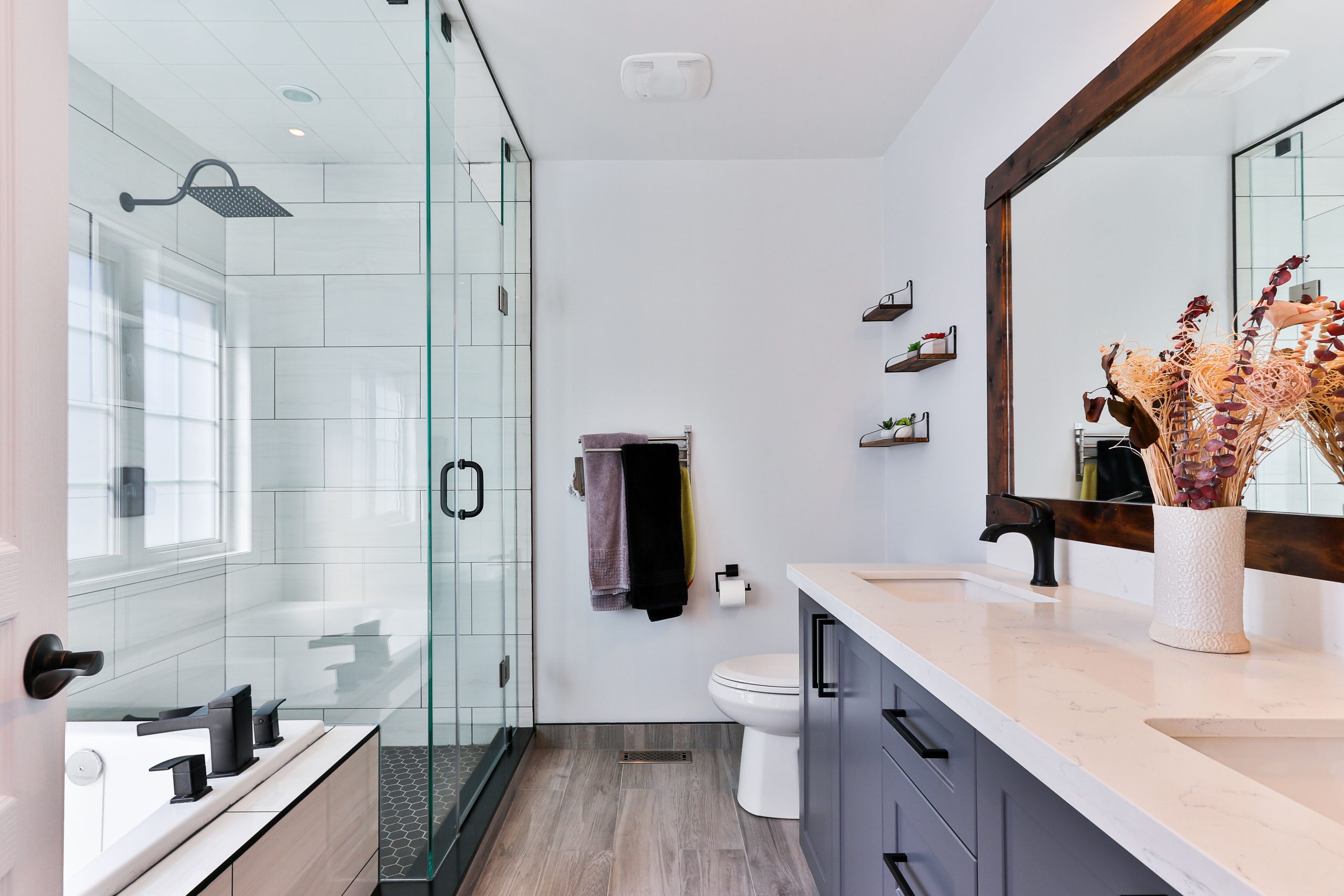
A clear shower might not scream privacy, but it’s an easy way to keep your bathroom feeling light and spacious. Clear glass allows light to flow freely through the room, and removes visual blocks, making a room automatically feel bigger than it is. Just make sure you’ve got a sturdy bathroom lock, because if anyone accidentally walks in on you, there will be nowhere to hide!
Choose lamps over overhead lighting
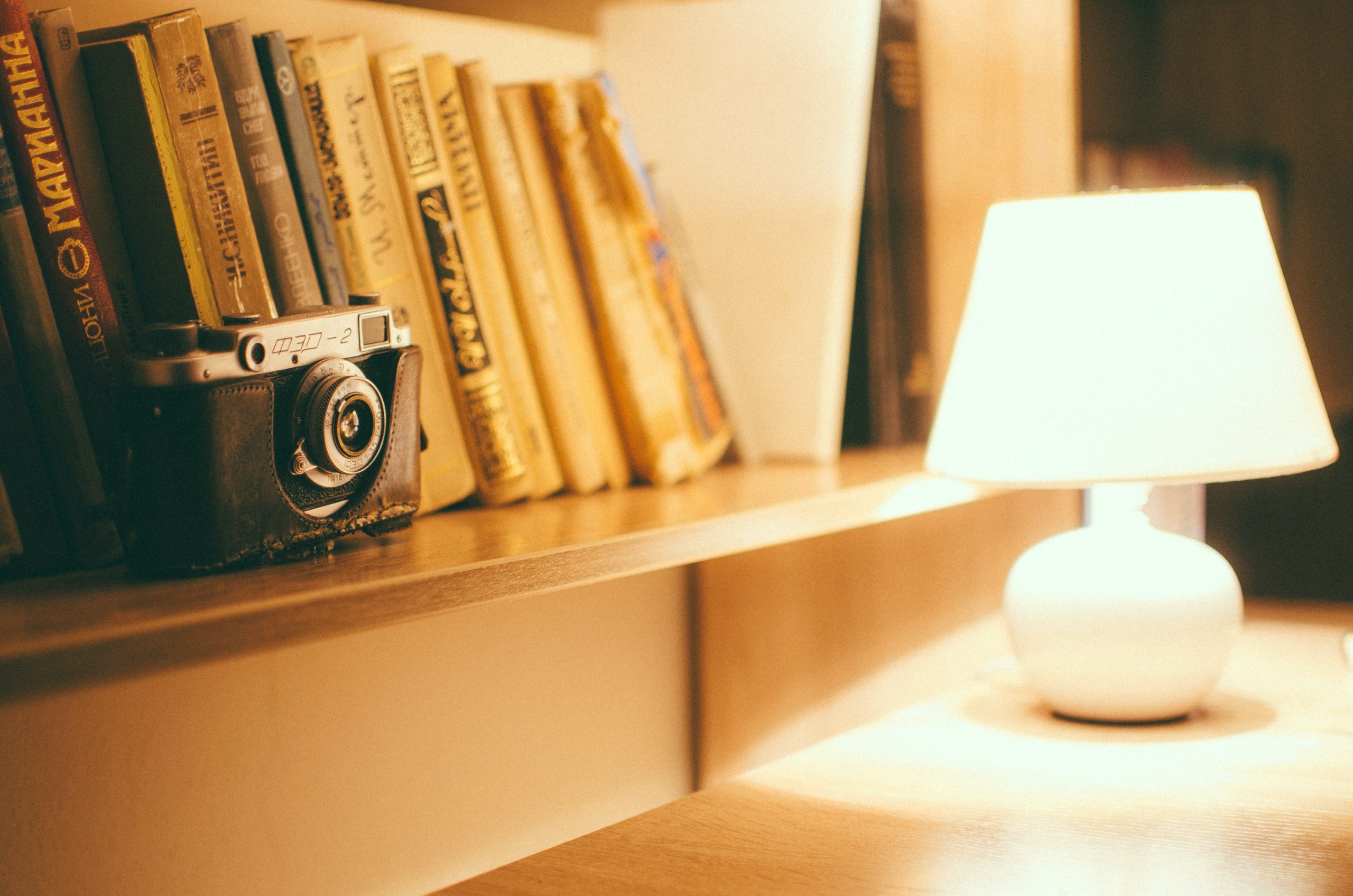
You might think that a bright, overhead light would make a room look bigger – after all, we’ve established that lighter means bigger, right? But overhead lighting is garish, unflattering and will actually make your lack of space stand out like a sore thumb. Opt instead for lamps that gently illuminate smaller areas, keeping a sense of mystery in the darkness.
Pick a similar color scheme
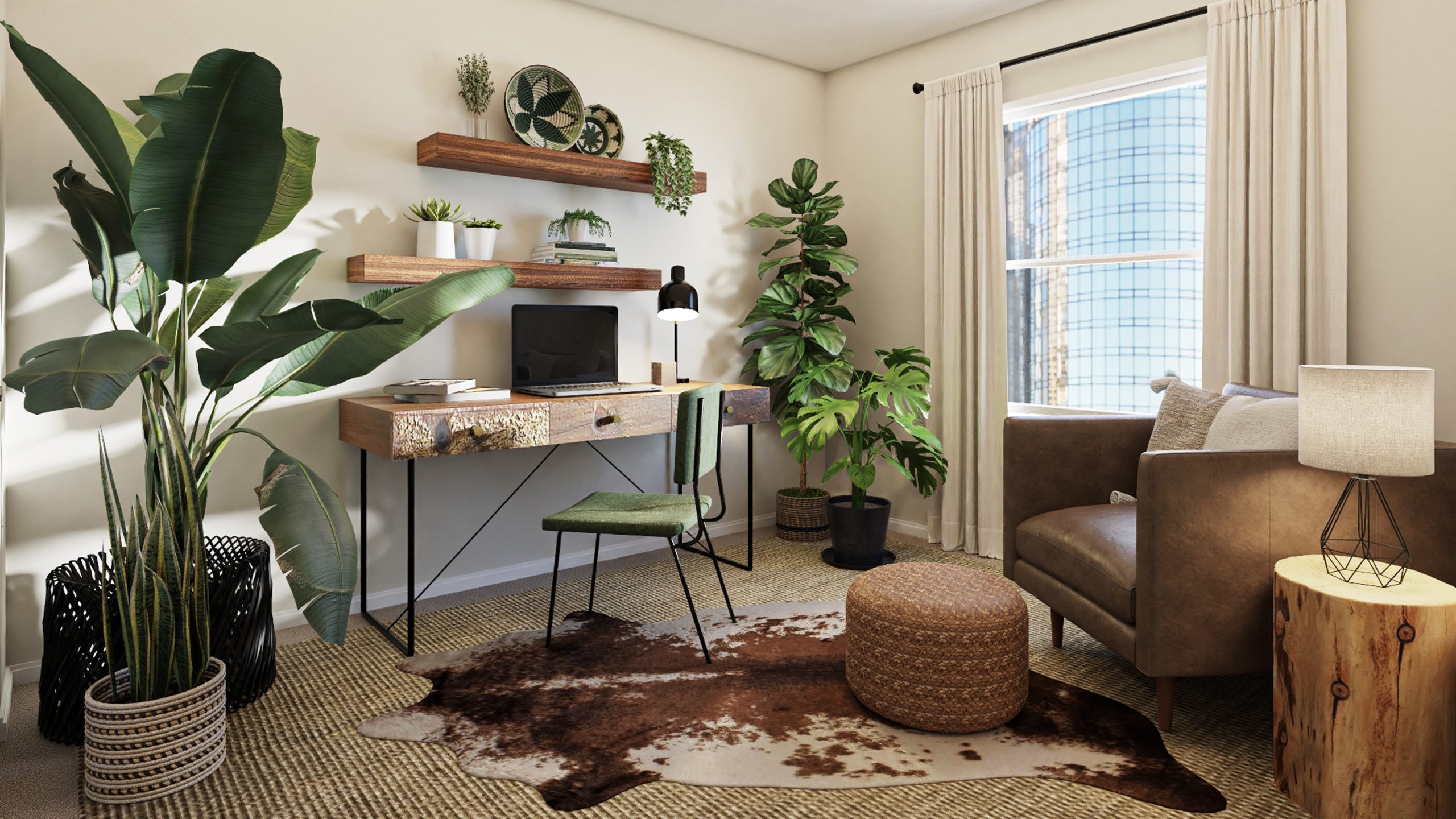
While your inner child might dream of having a The Sims style home with each room a different color, sadly a smaller space just doesn’t afford this luxury. To increase the illusion of space, pick a color scheme with that carries a similiar theme; think earthy neutrals like green or brown, or a coastal feel of fresh blues and cool whites.
Choose furniture with exposed legs
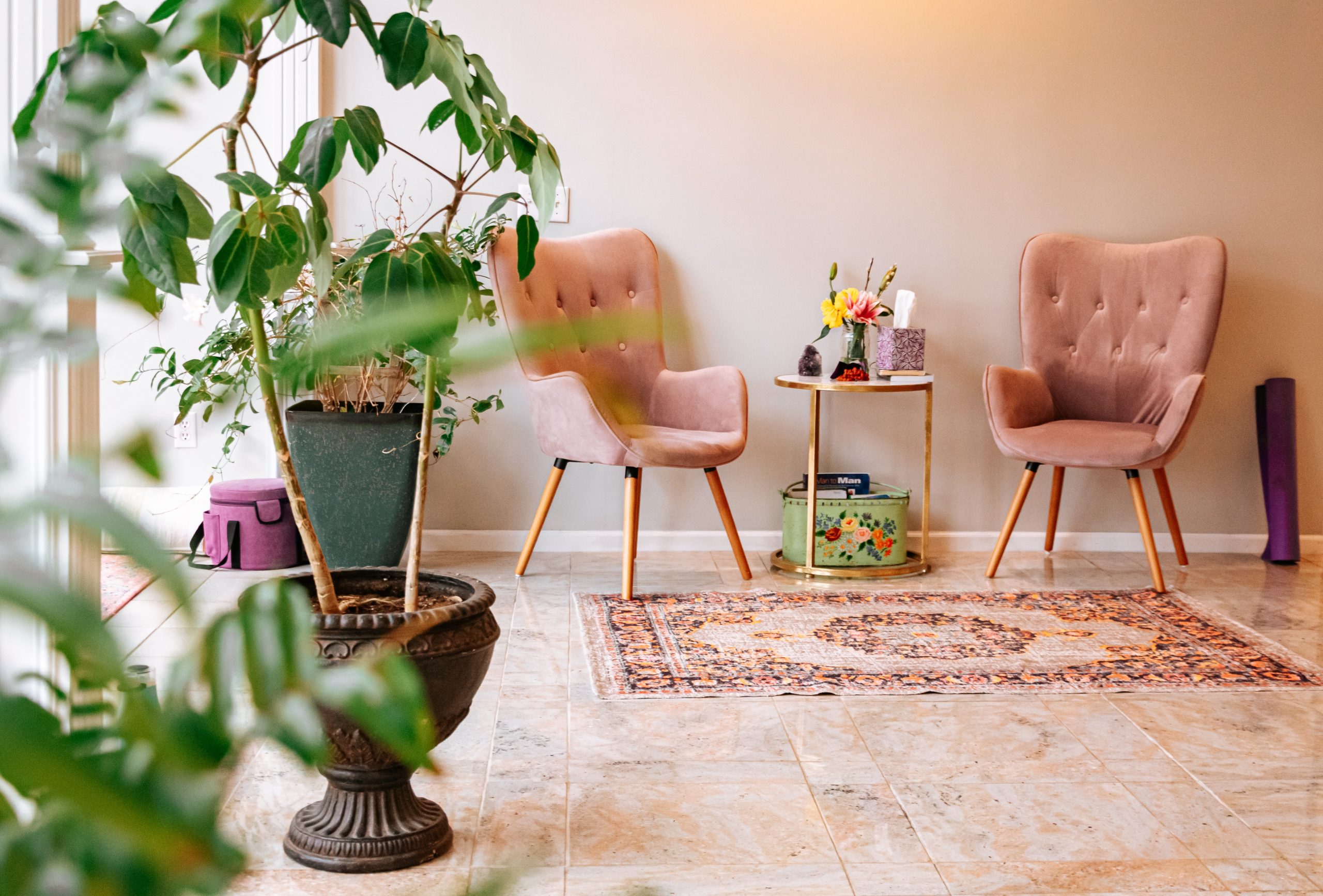
Exposed legs are a staple of the ever-iconic midcentury modern style, but there’s a reason they’ve retained their longevity. An exposed leg allows light to flow through the space, eliminating shadowy nooks and crannies that cramp a room and make it smaller. Just don’t see that newly freed-up space as clutter storage, as that will defeat the point entirely.
Try transparent materials
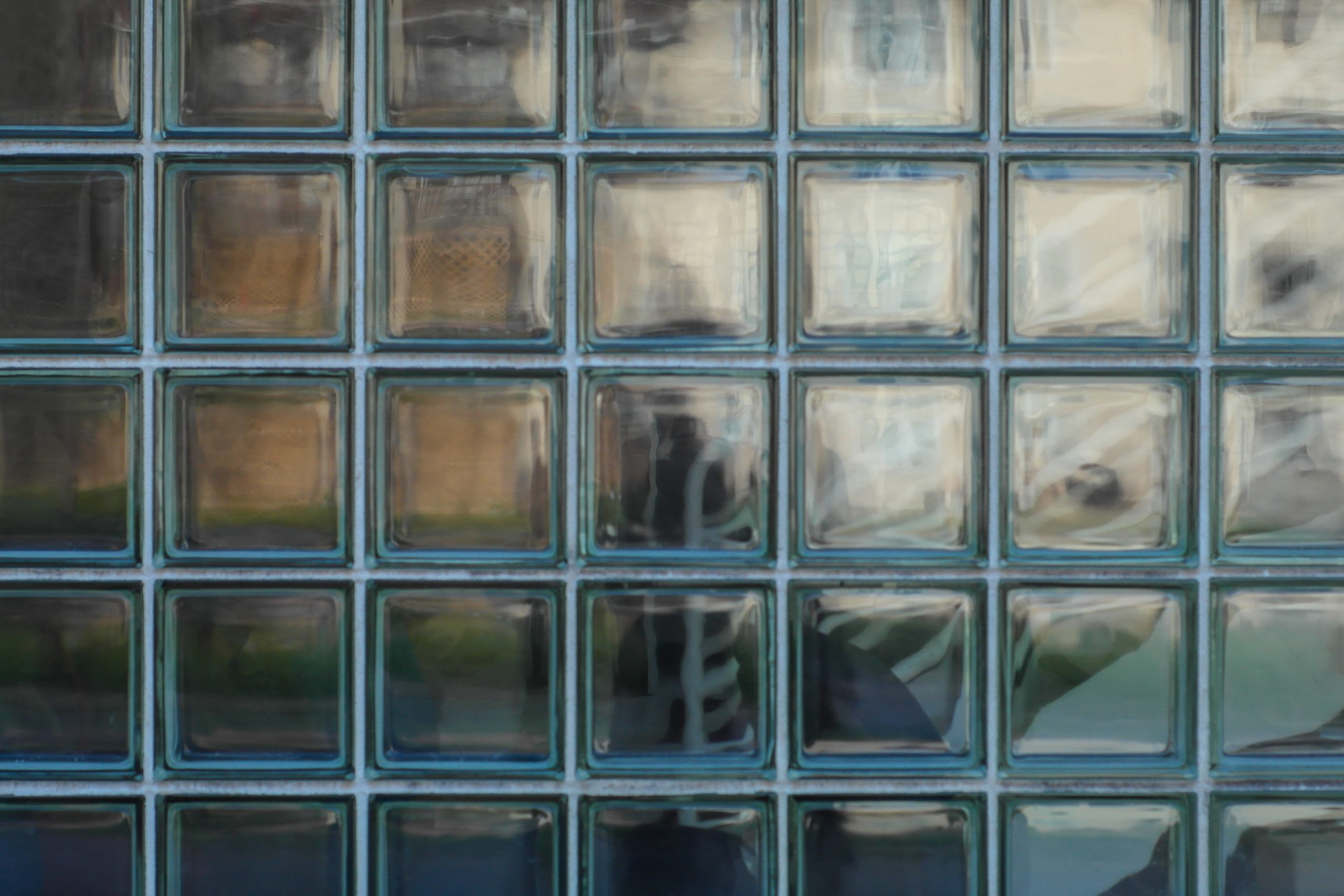
Much like opting for door frames over doors, transparent building materials such as glass blocks remove visual barriers, meaning our eyes can see farther through a space. This automatically makes anywhere seem bigger. While a glass couch is probably off the cards (and we can’t recommend a return to inflatable furniture), a glass coffee table can work in much the same way.
Keep the color scheme to three colors
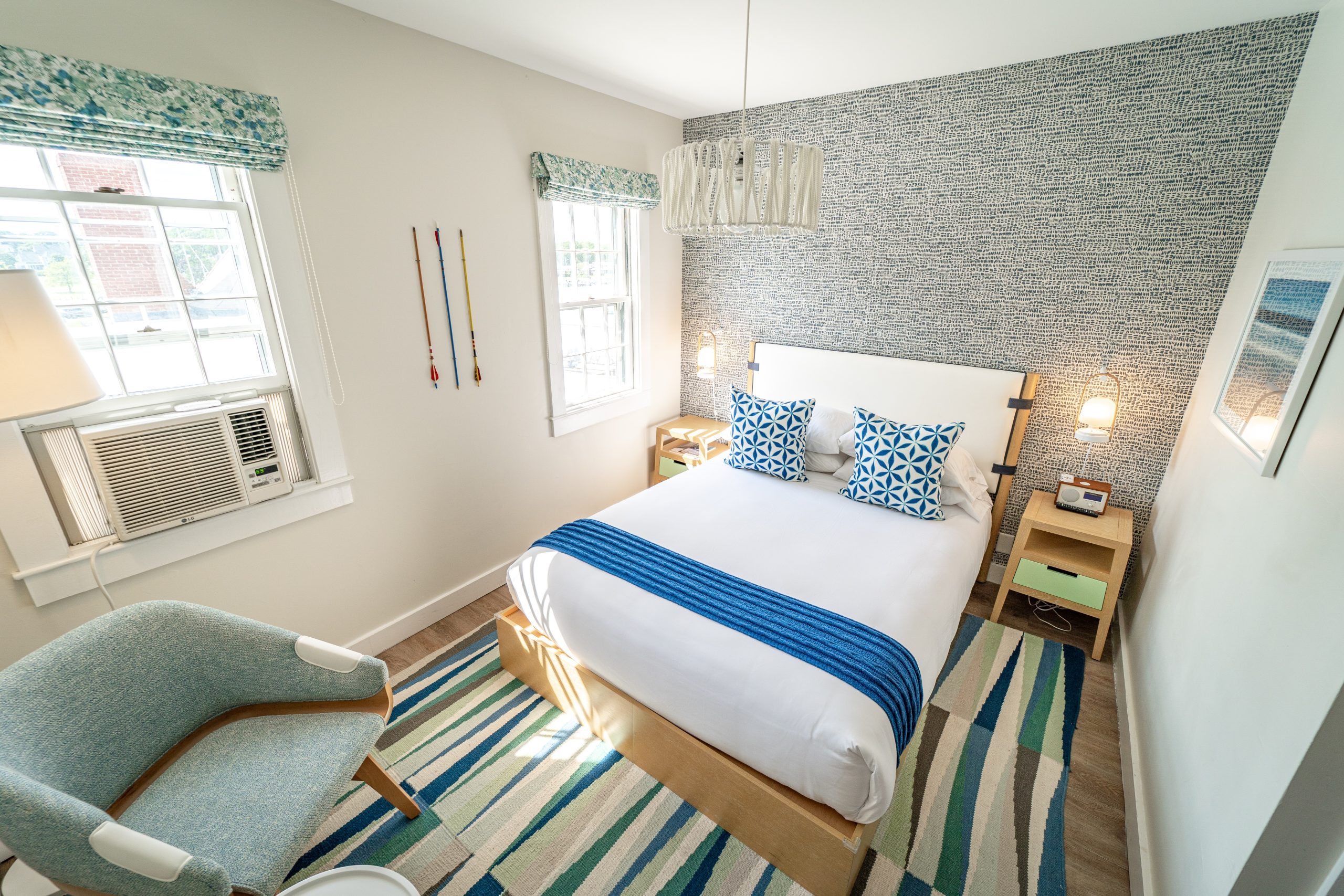
Too many colors can make an already-small space look busy and cramped, but that doesn’t mean you need to have a boring all white room just to feel more spacious. Instead, pick three complementing colors and use them sparingly throughout the room. Complementing is the key word here so, unless it’s Christmas, keep those greens and reds far away from each other.
Try a Murphy bed or desk
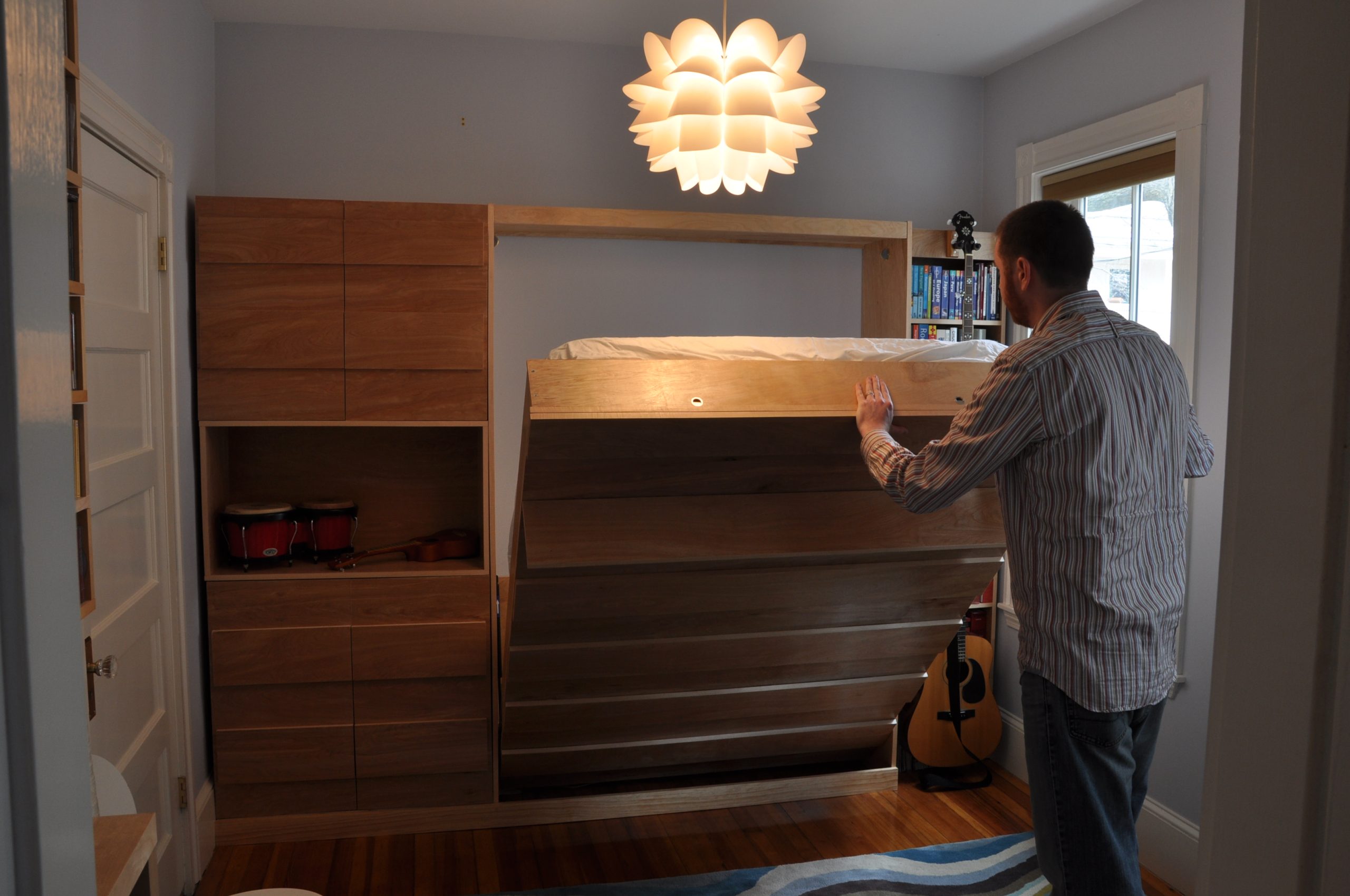
The Murphy bed was originally invented in the 1900s by William Lawrence Murphy, a designer who wanted a foolproof way to sneak into his lady’s chambers without being seen. Murphy’s flirtatiousness is to the benefit of small home owners everywhere, as a Murphy bed (or other furnishing) can be neatly tucked away when not in use, freeing up tons of floor space for activities.
Embrace a loft bed
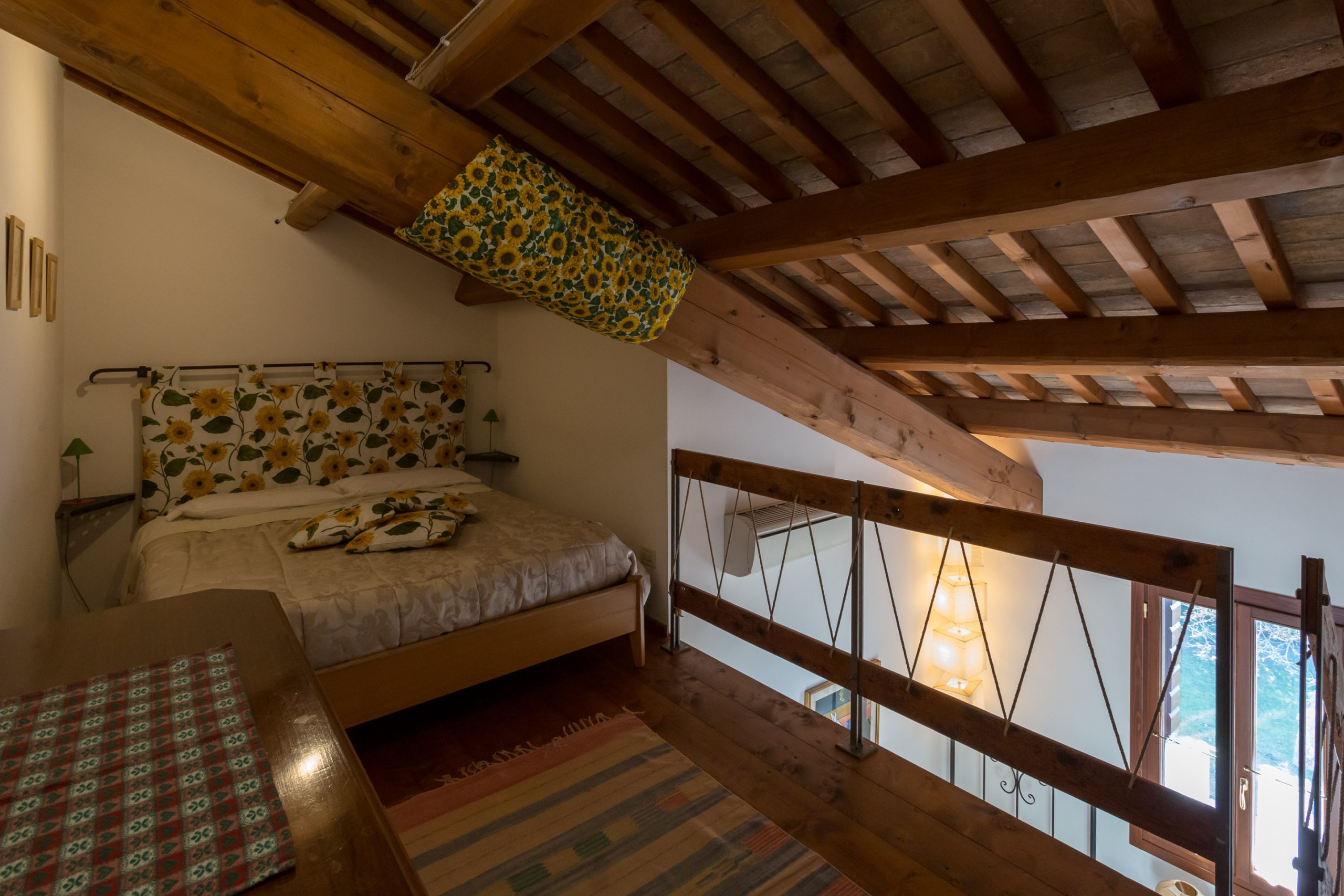
Loft apartments are becoming more and more common, especially in built up urban areas, but they can actually be a blessing for those of us with little space. A bed out of sight and out of mind frees up a lot of space, and there’s nothing cozier than a snug little hidey hole for you to settle down for the night in. Just be careful coming down those stairs!
Switch your closet for a rack
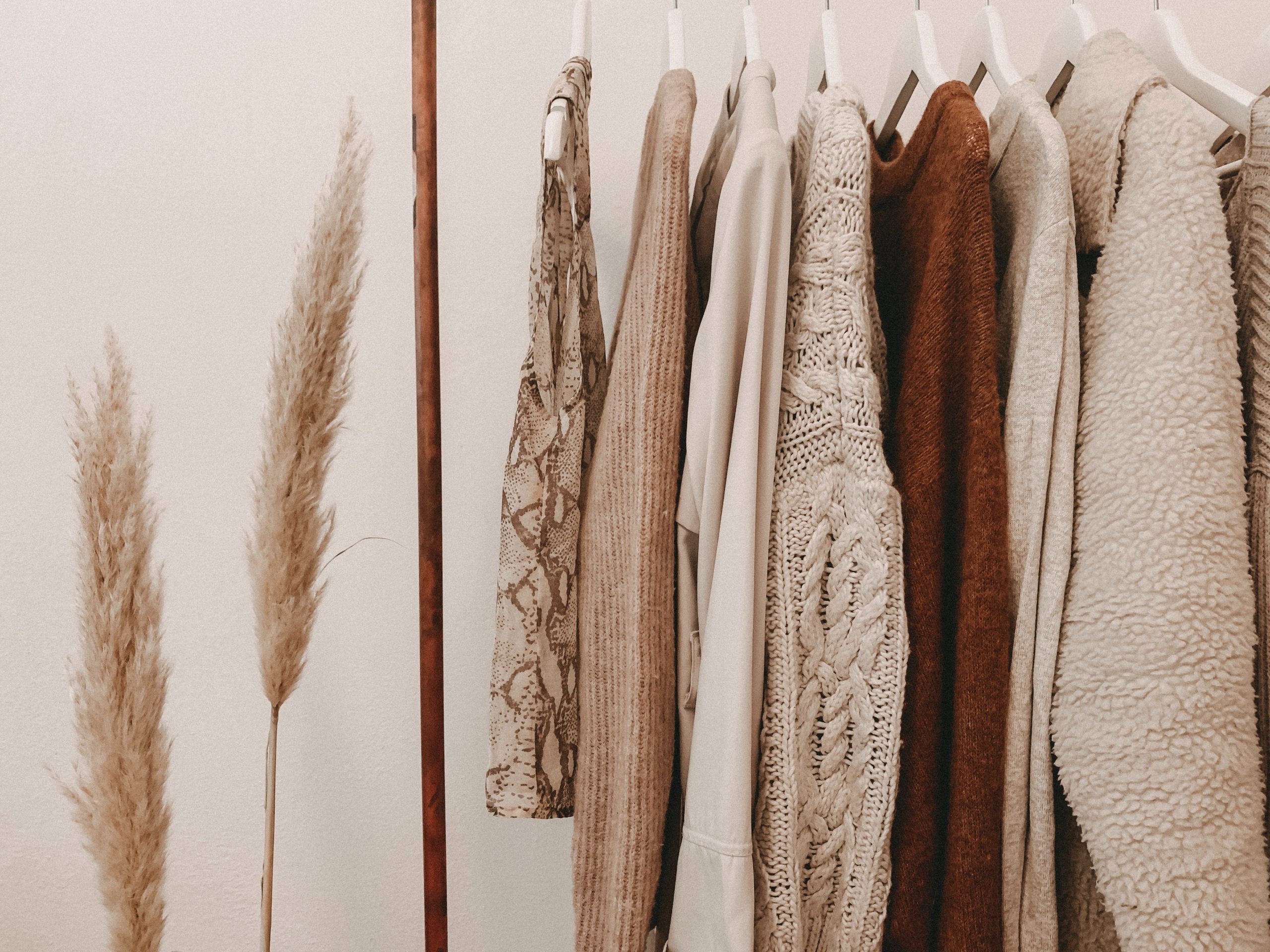
Not just for boutique clothing stores, a clothes rack can make a world of difference when it comes to opening up a small space. By their nature, closets take up a lot of space, especially older or antique pieces. Switching to a clothing rack removes all that bulky wood and leaves you able to clearly see and choose your clothes, making getting ready for work in the morning a breeze.
Try open shelving
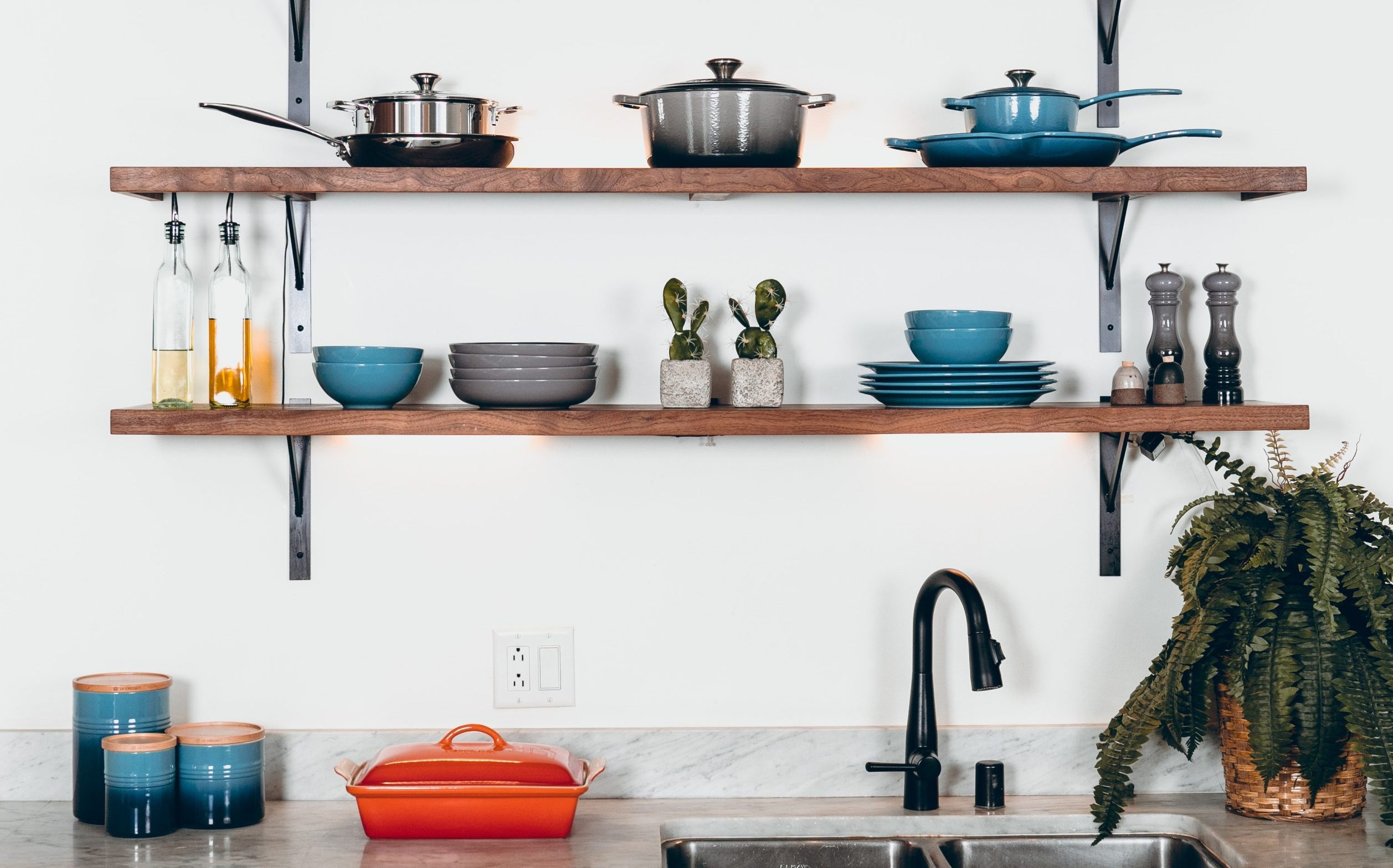
Similar to a closet, kitchen cupboards take up a ton of extra space – so why not get rid of them entirely? Open shelves are not only a prime example of shabby chic, but also make a room look bigger by opening up the space and letting it ‘breathe’. Take the trend even further by matching the shelves to the wall so that they blend in, or using glass shelves so they’re barely even visible.
Pick a corner sink
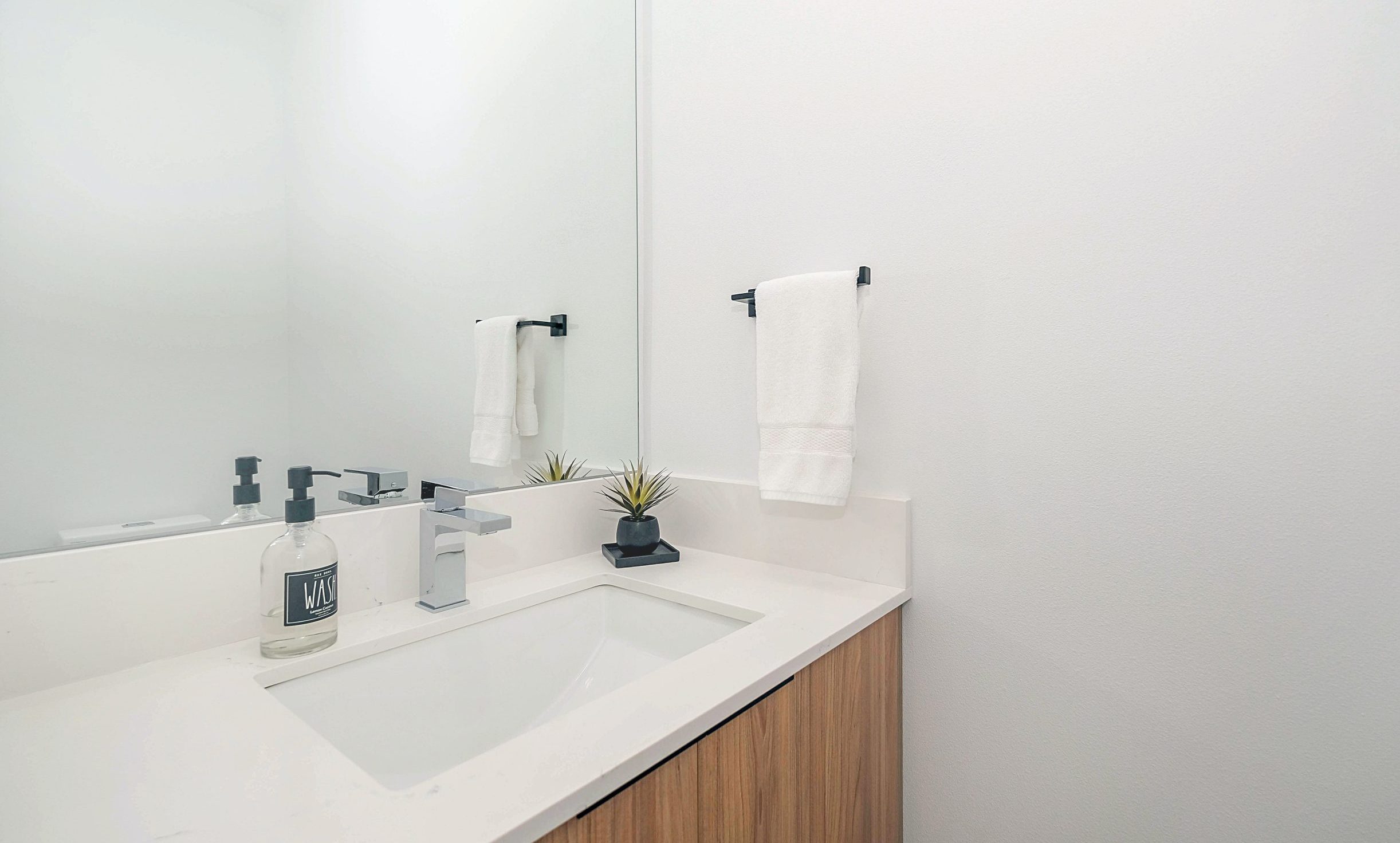
Choose high gloss finishes
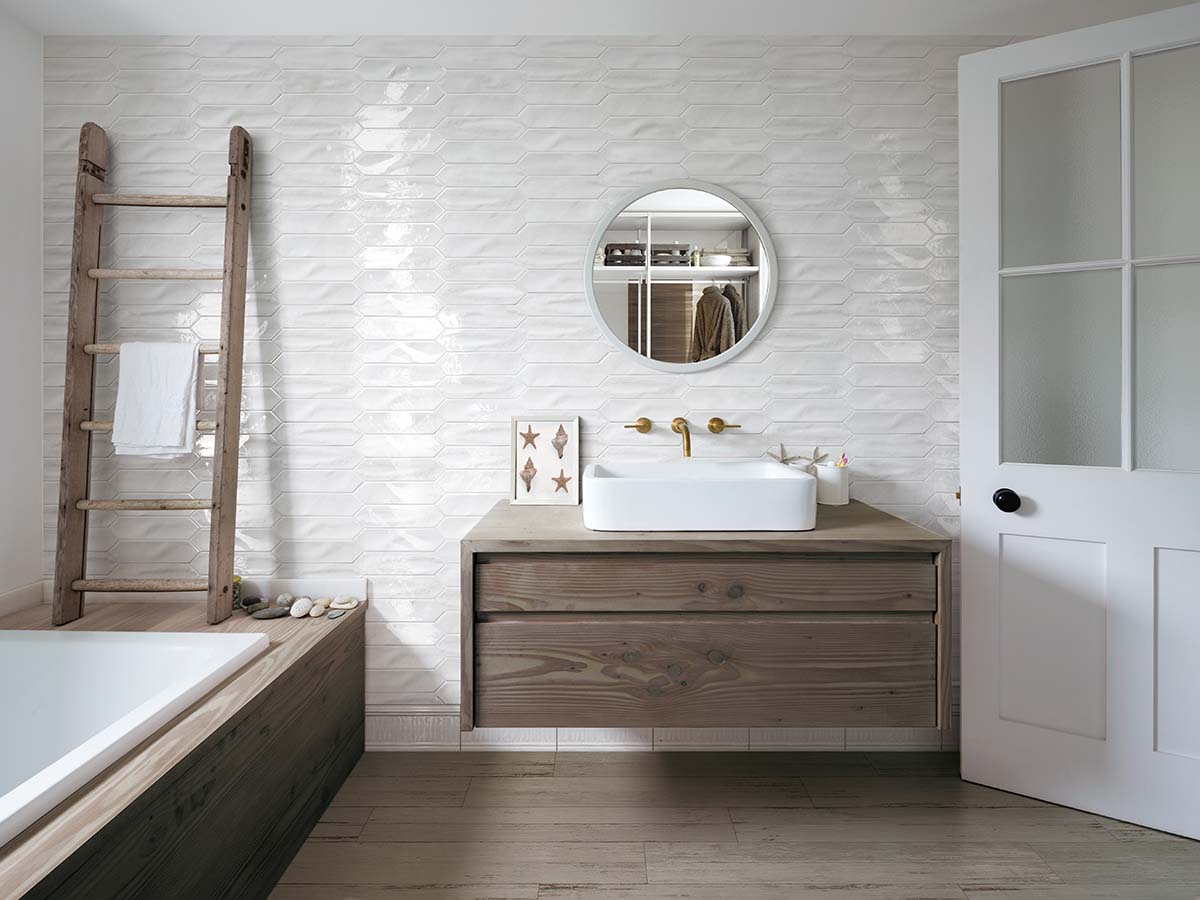
As opposed to matte, brick or tile, high gloss paints and finishes reflect light, bouncing it off surfaces and into our eyes, which – as you probably remember from Science class – creates the illusion of size. As a general rule, the lighter the wall, the bigger a room will look, so why not use high gloss paint to make it lighter than usual?
Embrace large art pieces
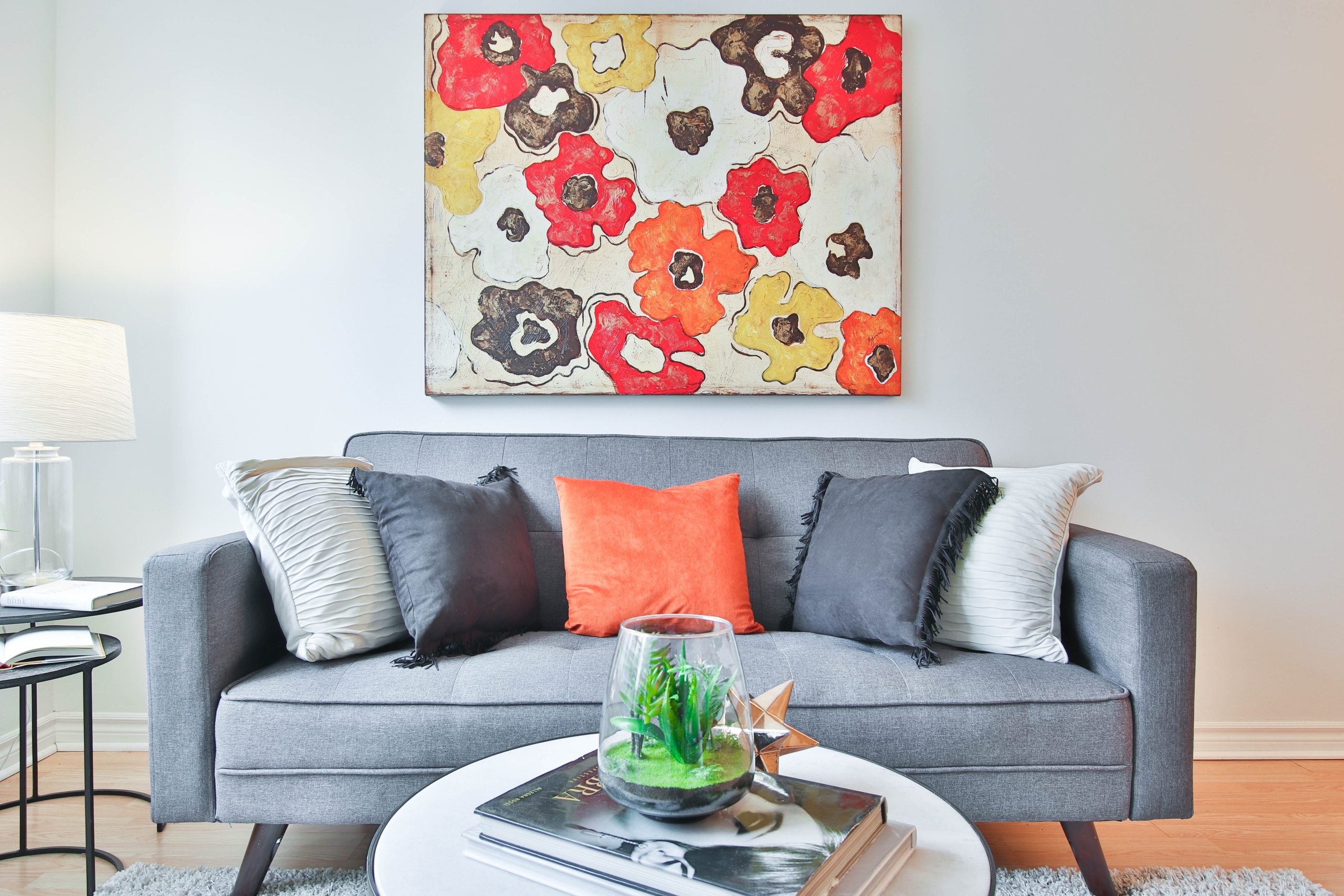
A gallery wall might be all the rage these days, but for those with smaller spaces, the cluttered nature of many small pictures grouped together could actually make a room look smaller. Instead, opt for one large statement painting or photograph, which will increase the illusion of size by creating contrast between the art and the wall.
Shrink the dining table
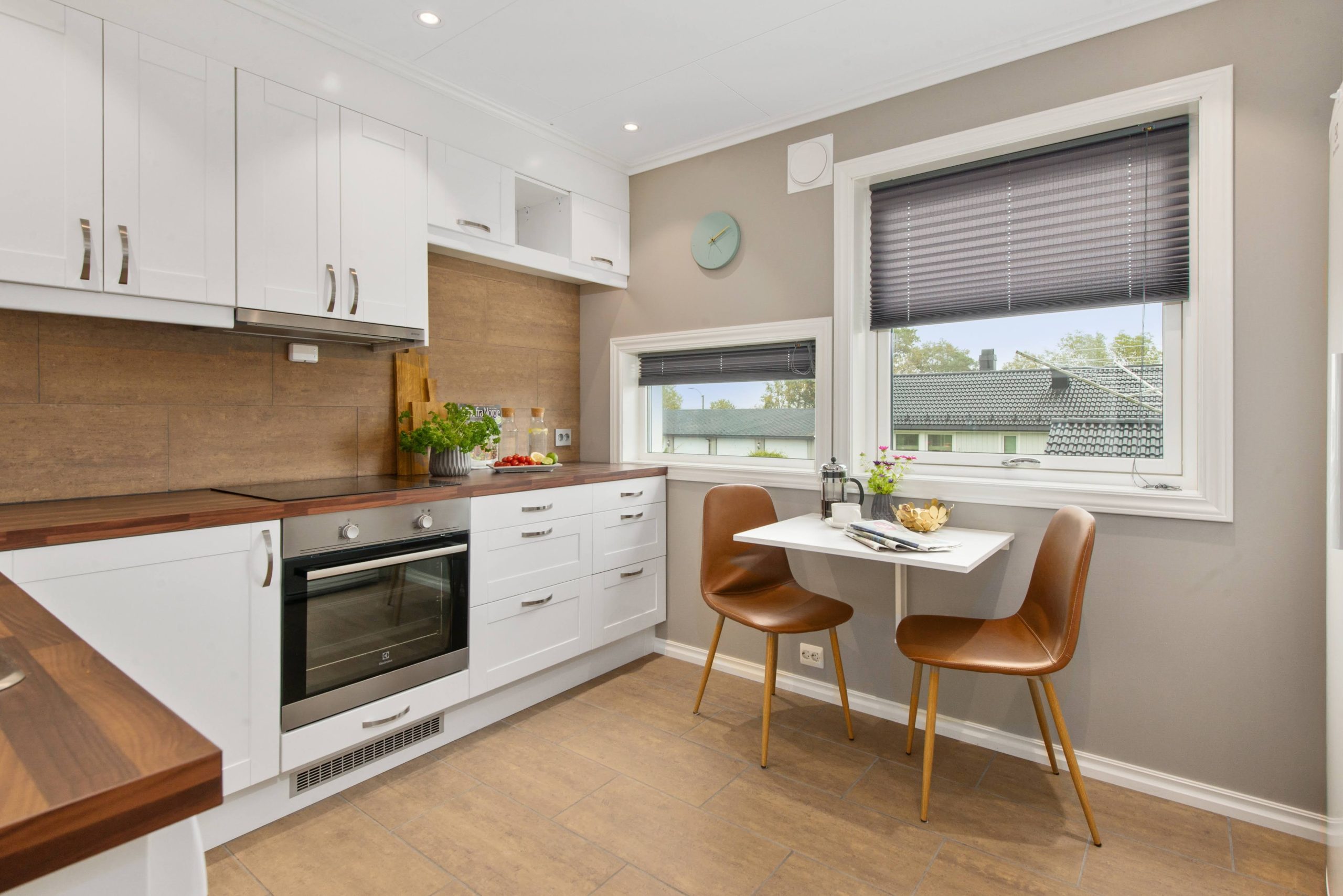
If you’re living alone, or even just with a partner, there really is no need for a huge grand dining table, no matter how much you kid yourself that you’re going to have weekly potlucks with all your family and friends. A small dining table can free up necessary space in a kitchen or dining room, and creates less of a visual block in the room, creating the illusion of extra floor space. Plus – less to clean after dinner!
Mount your TV on the wall
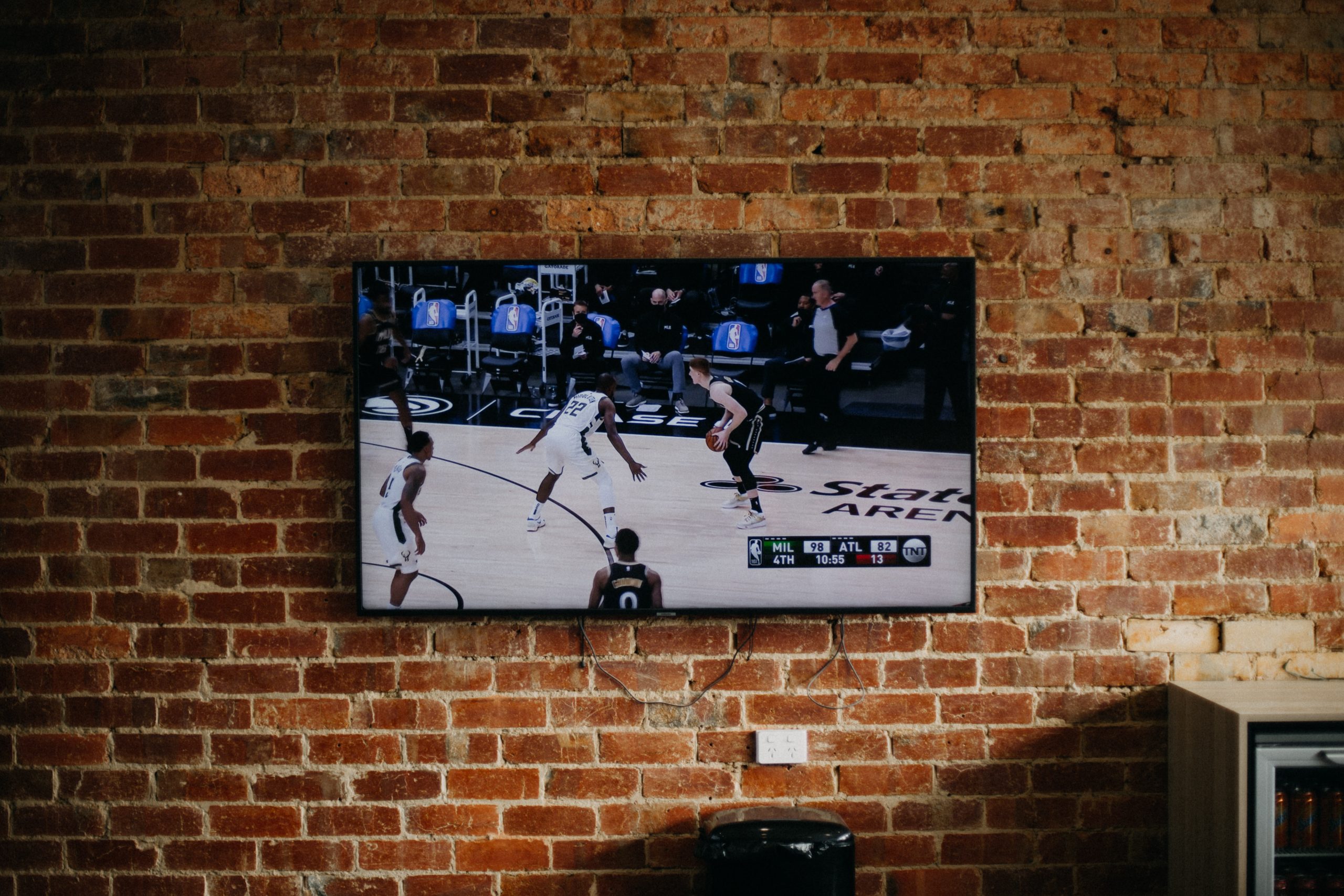
The days of big bulky box televisions are long gone, but even a flat screen TV can take up unnecessary space if it’s placed on a stand or table. Consider instead, mounting your flatscreen to the wall. Not only does this create a cozy home movie theater feeling, but it’ll also free up invaluable floor and surface space, leading to an apartment that feels more spacious than it might actually be.
Add a variety of textures
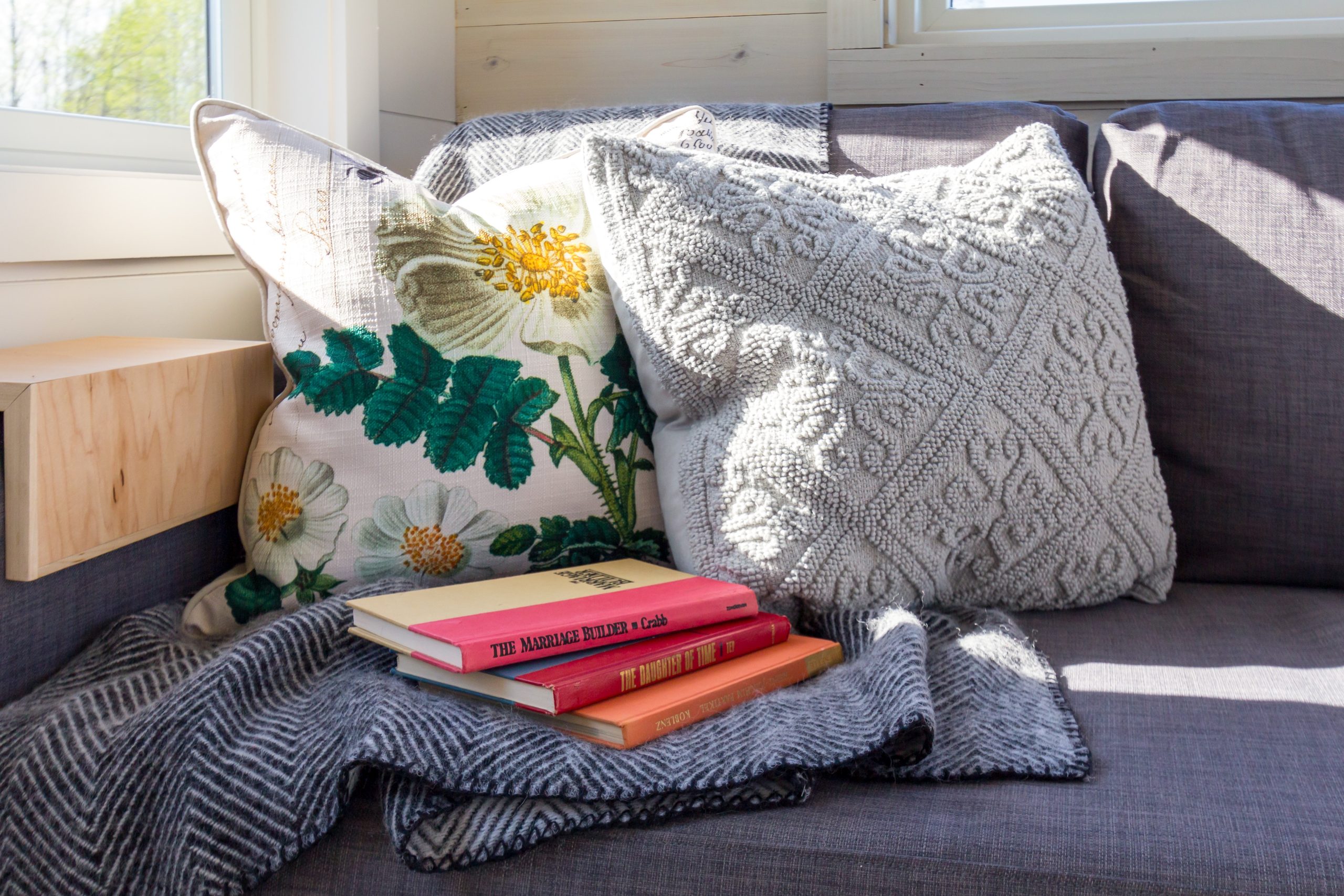
Textures add depth to a room and, unlike colors, can be mixed and matched for a stylish, Boho feel. Knit blankets, fur throws and leather accents can all combine to give your small space some life and character, making it feel larger than life. Plus, as your guests’ eyes dart around the room looking for all kinds of interesting new textures, they’ll automatically assume you have lots of space to be filled with such a variety.
Use all of your surface space
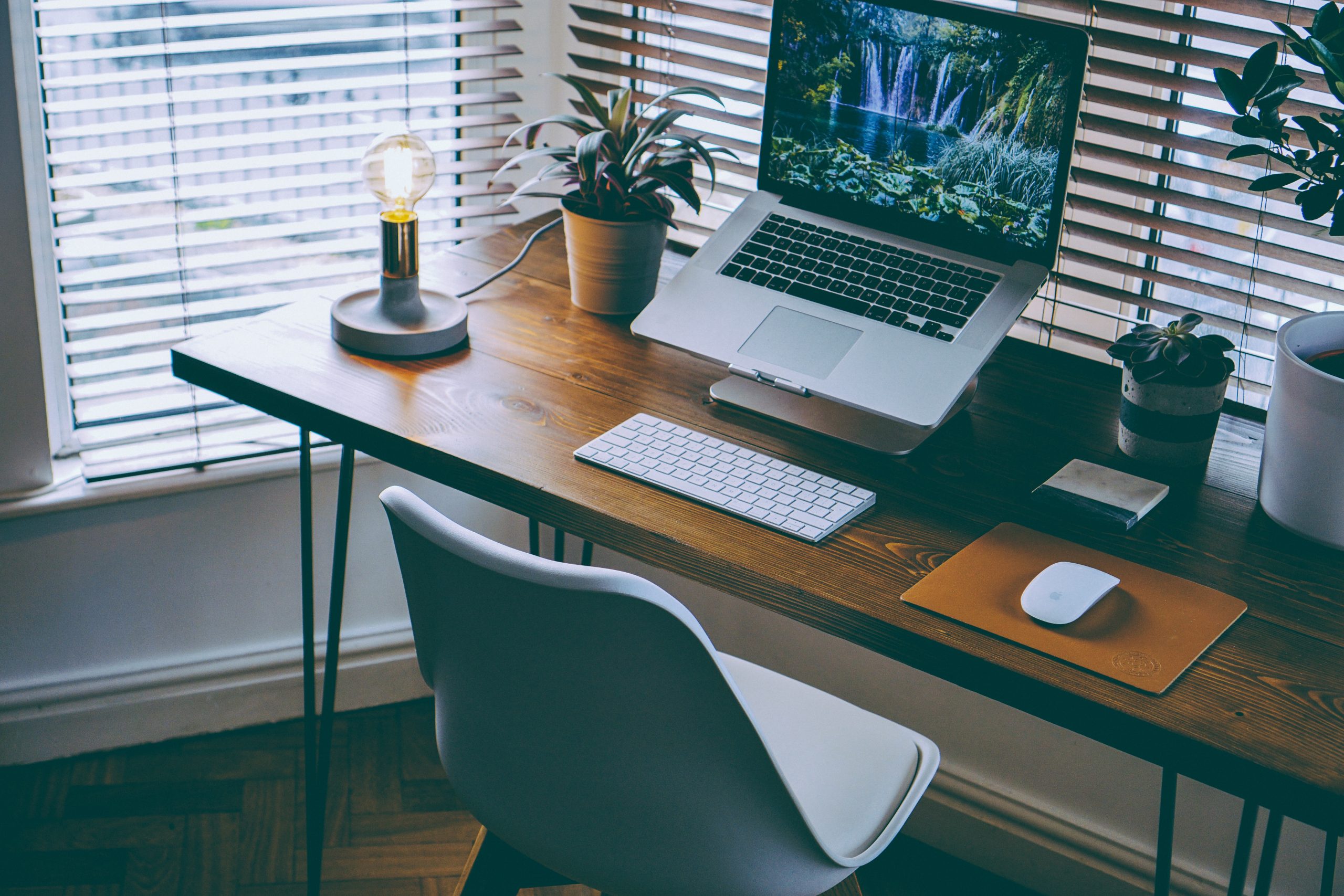
You might think that an empty surface space makes a place look bigger but clutter and organized surface space are two very different things. Empty desks and tables make a home look empty and unloved, which is arguably much worse than looking small. Keep your surfaces neat and tidy, but with all your beloved belongings to hand in their designated spaces.